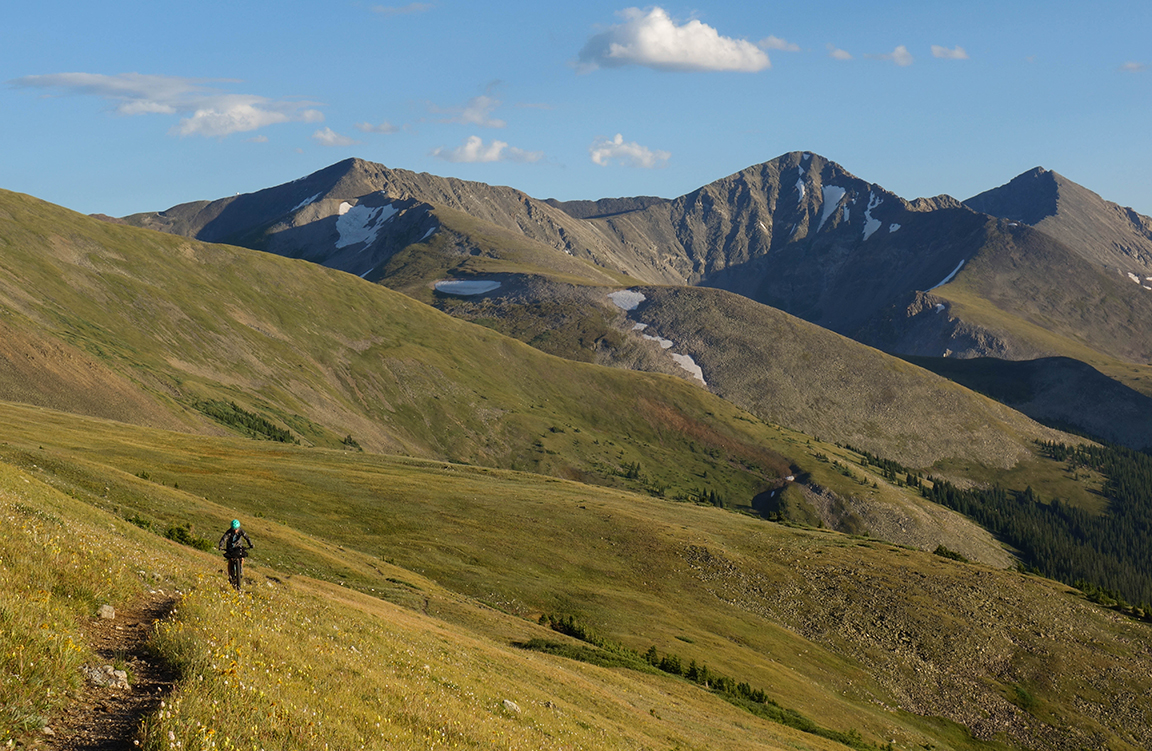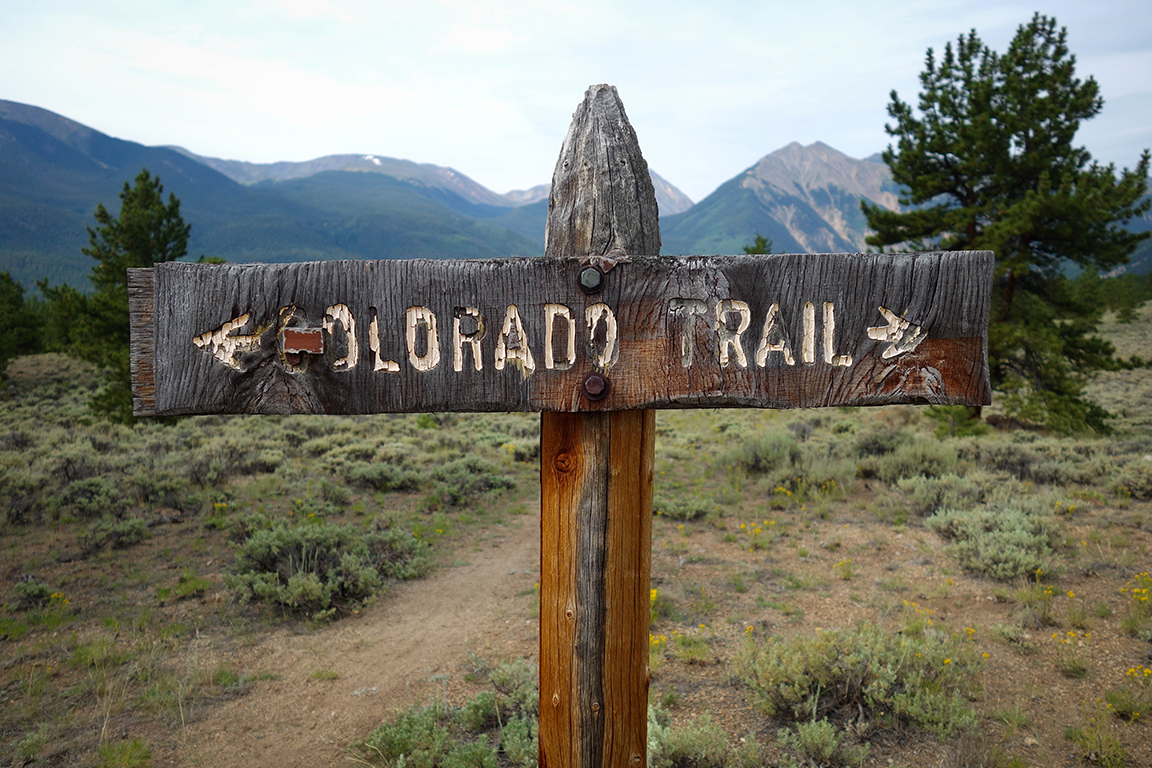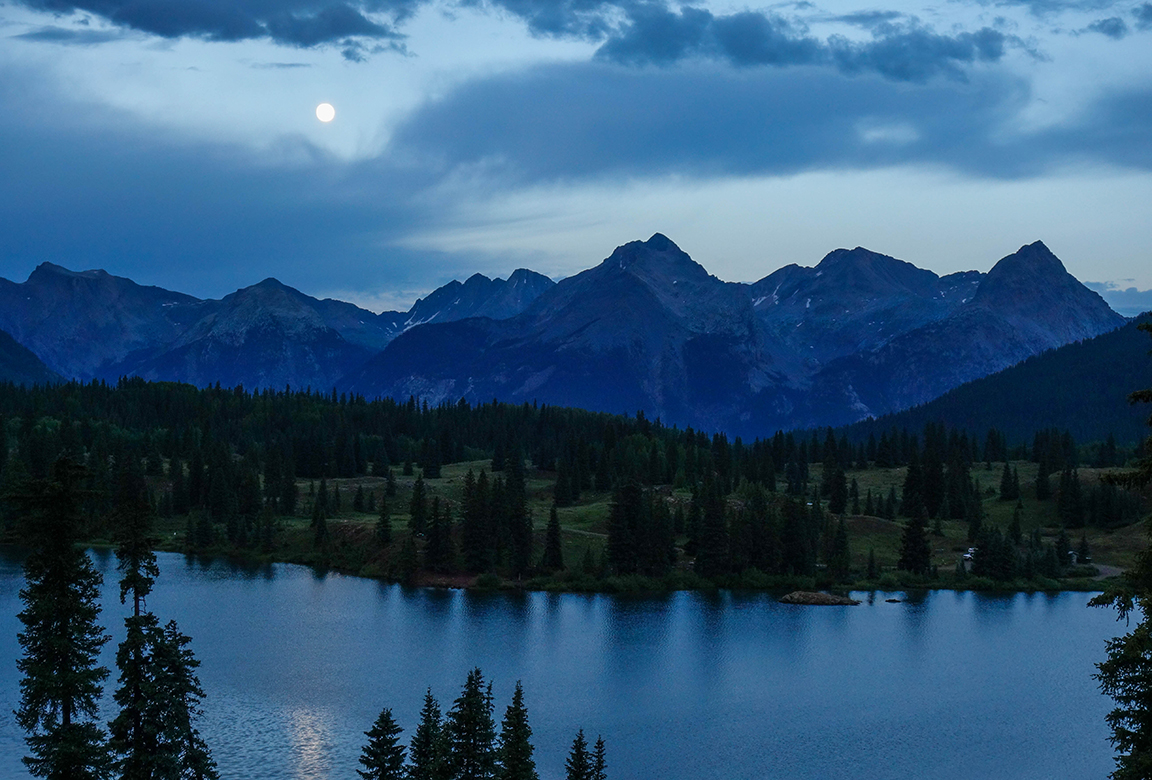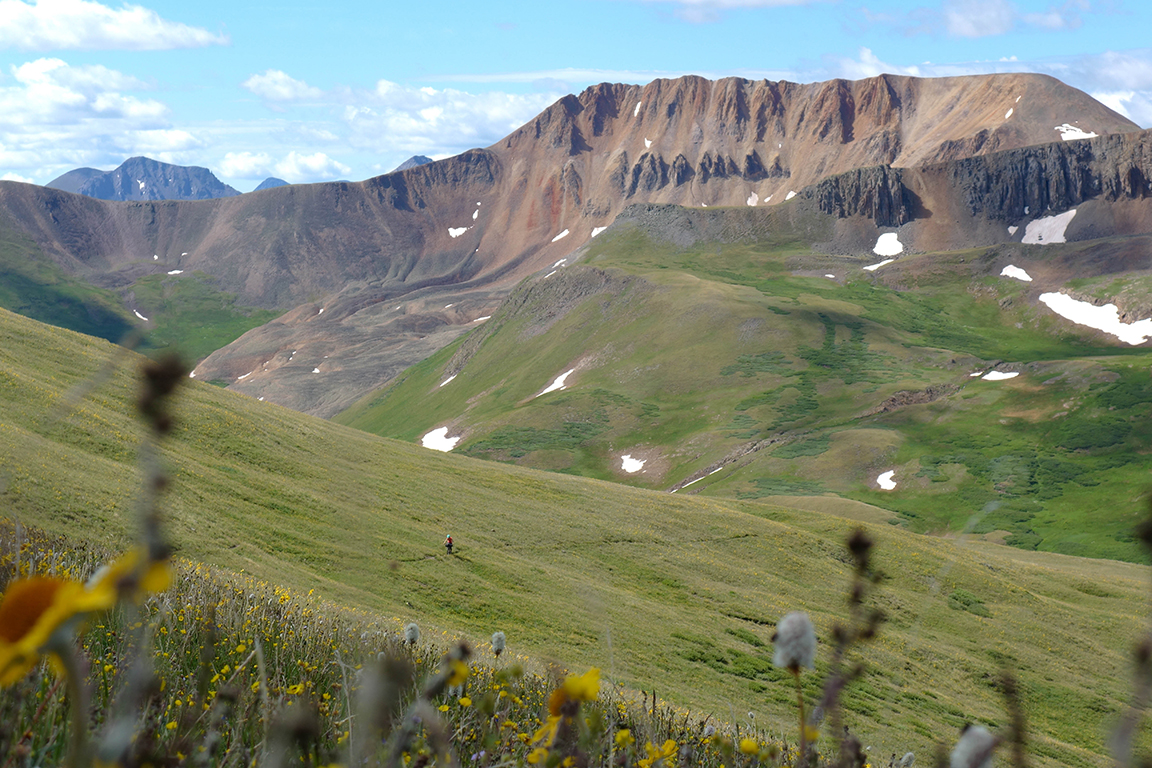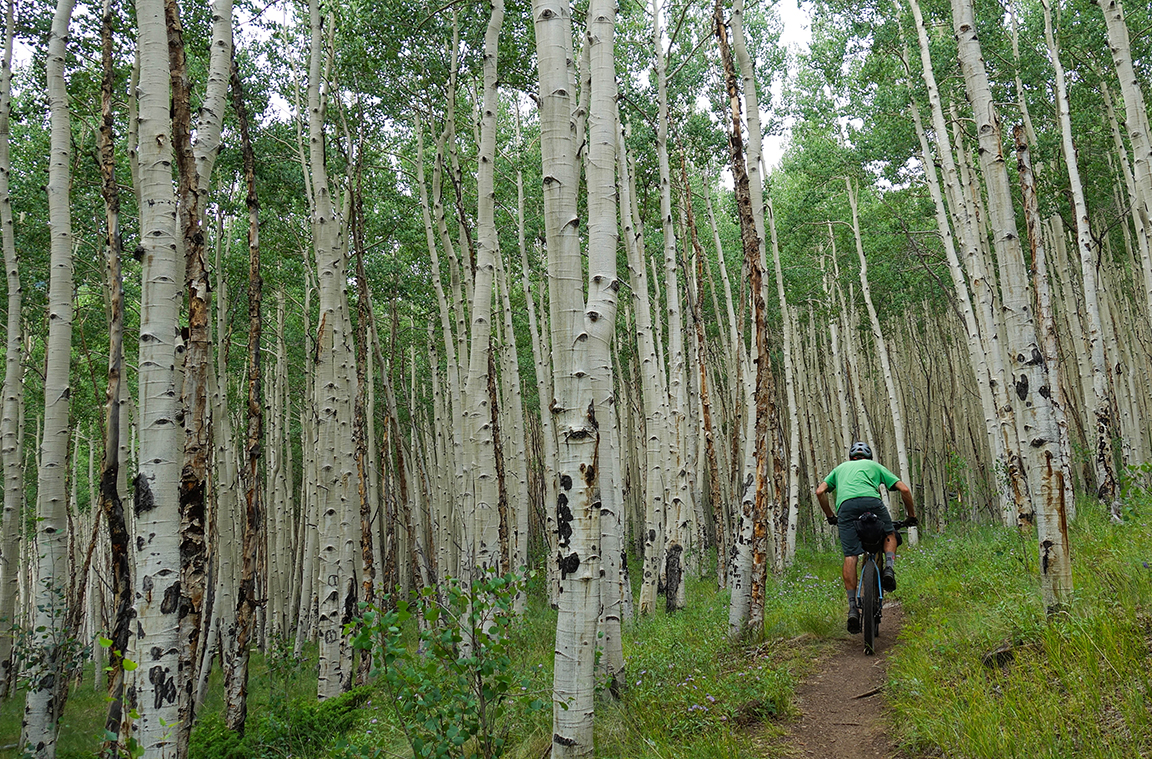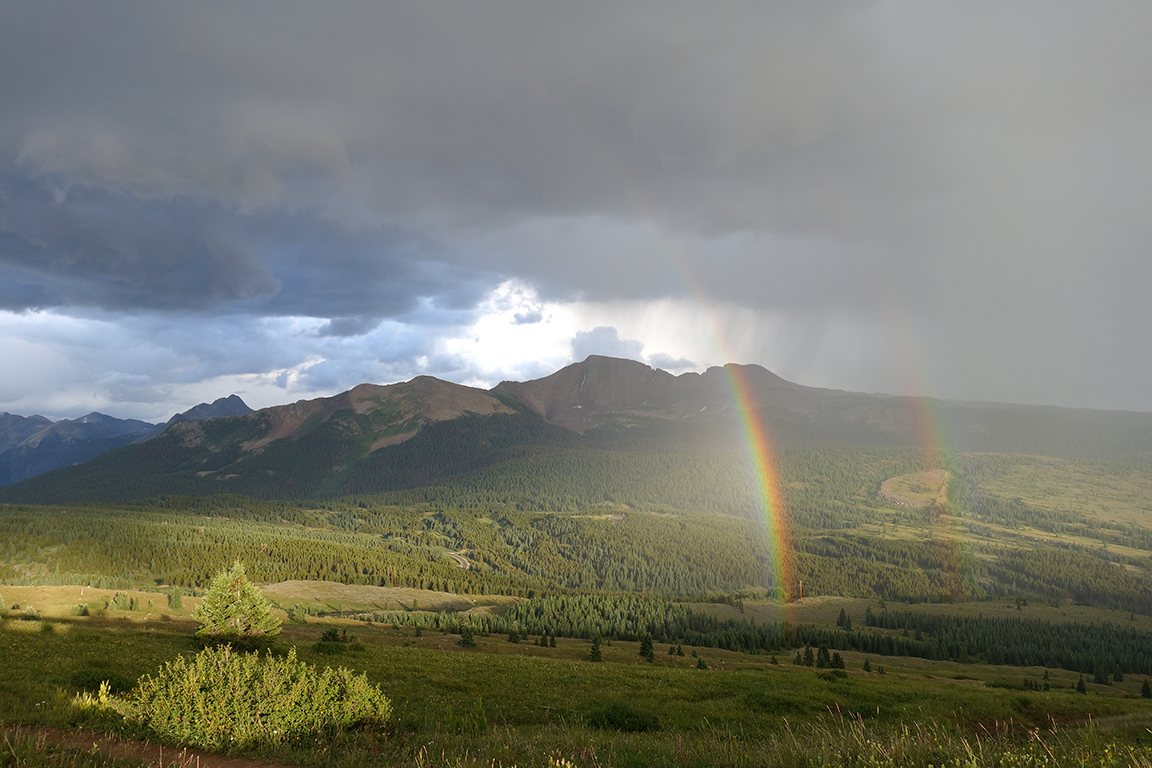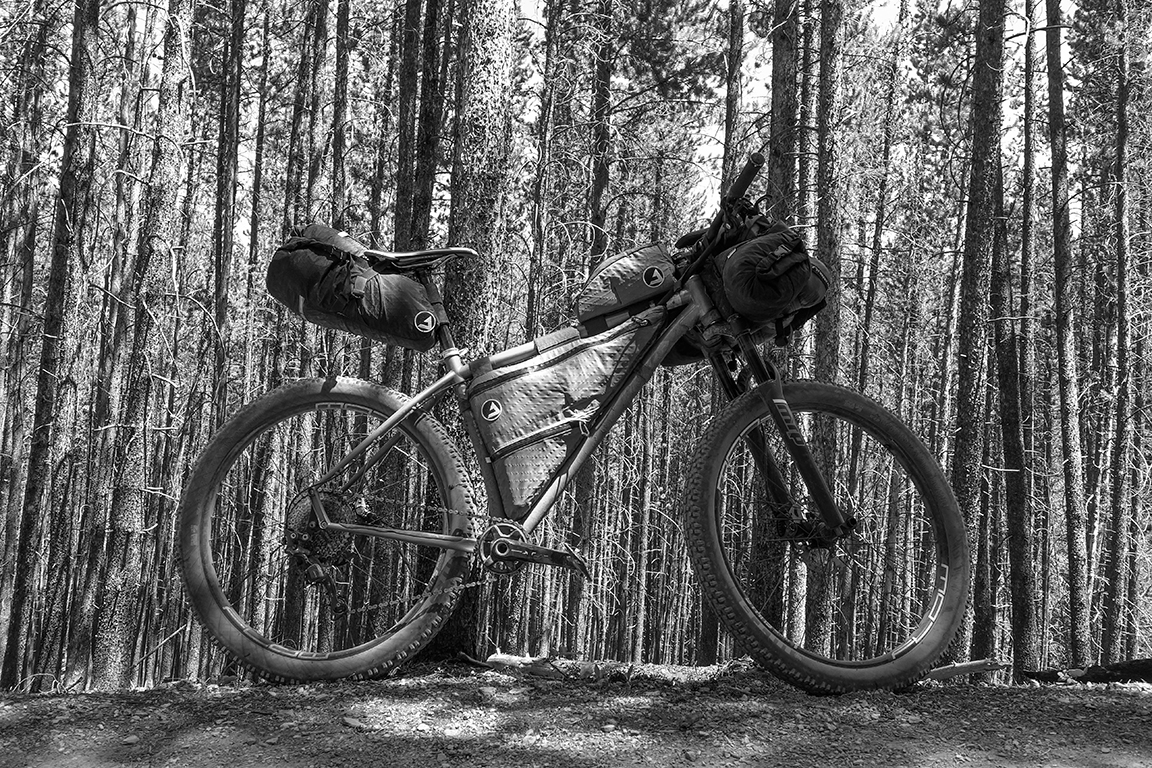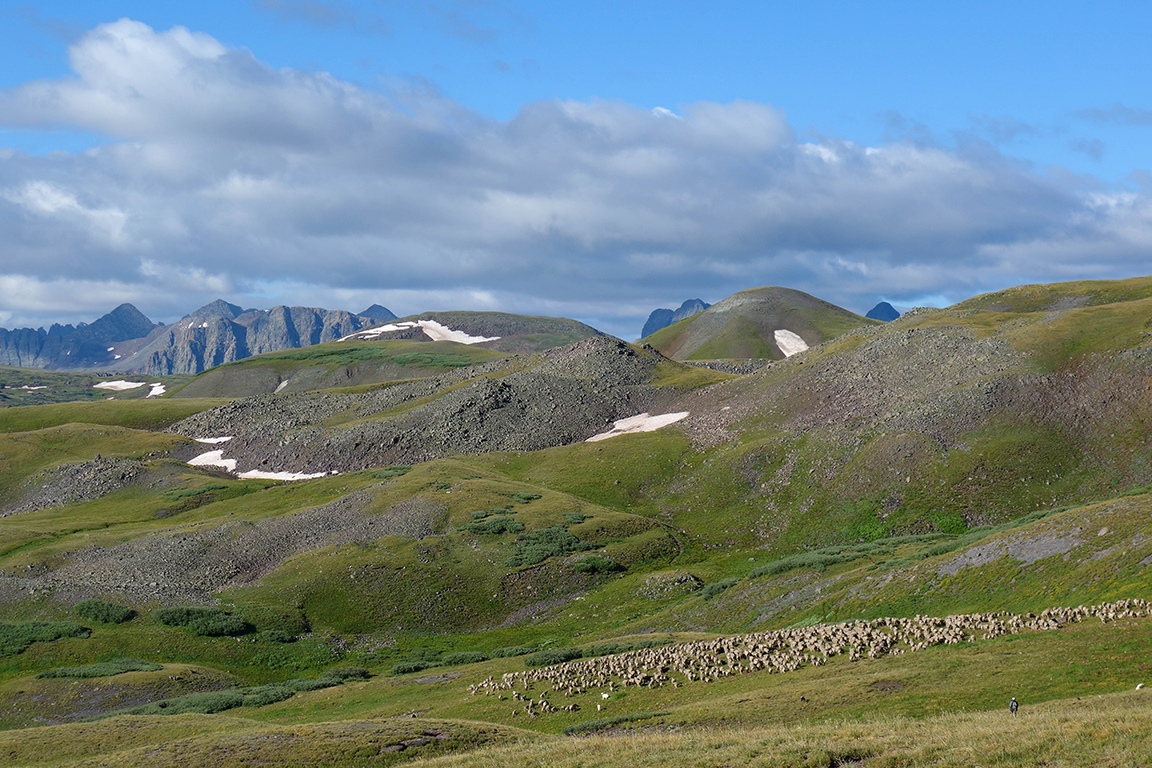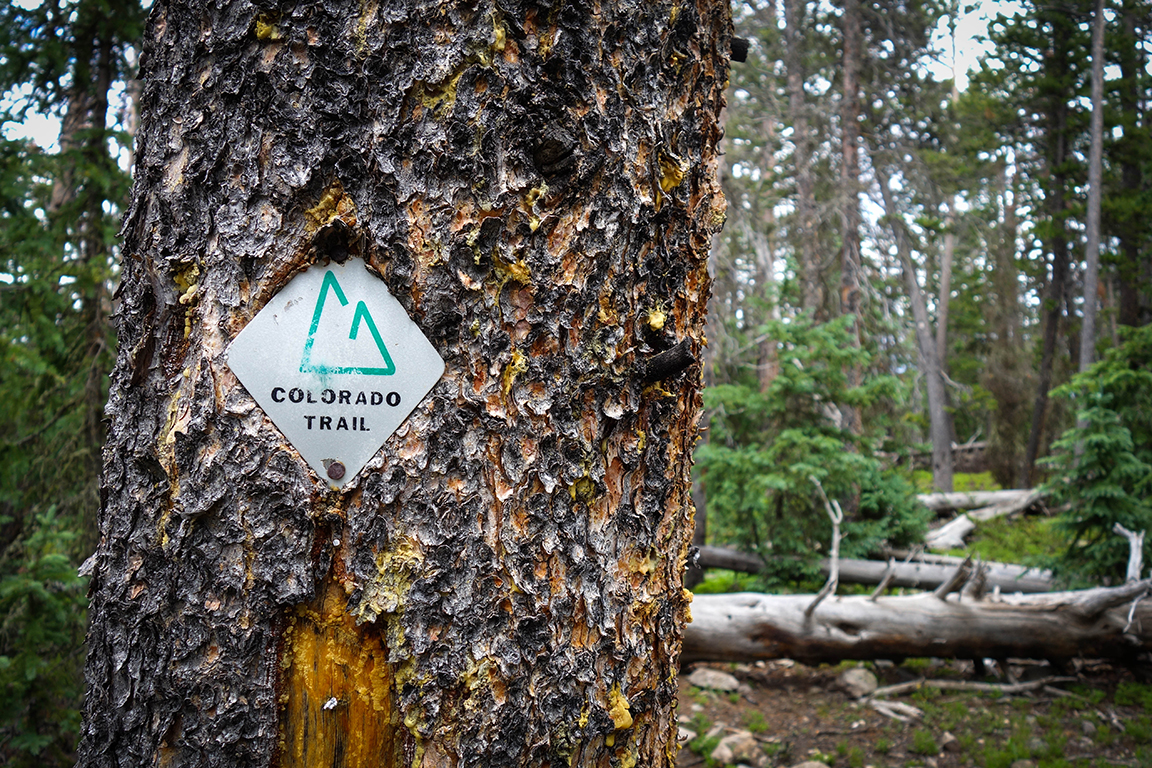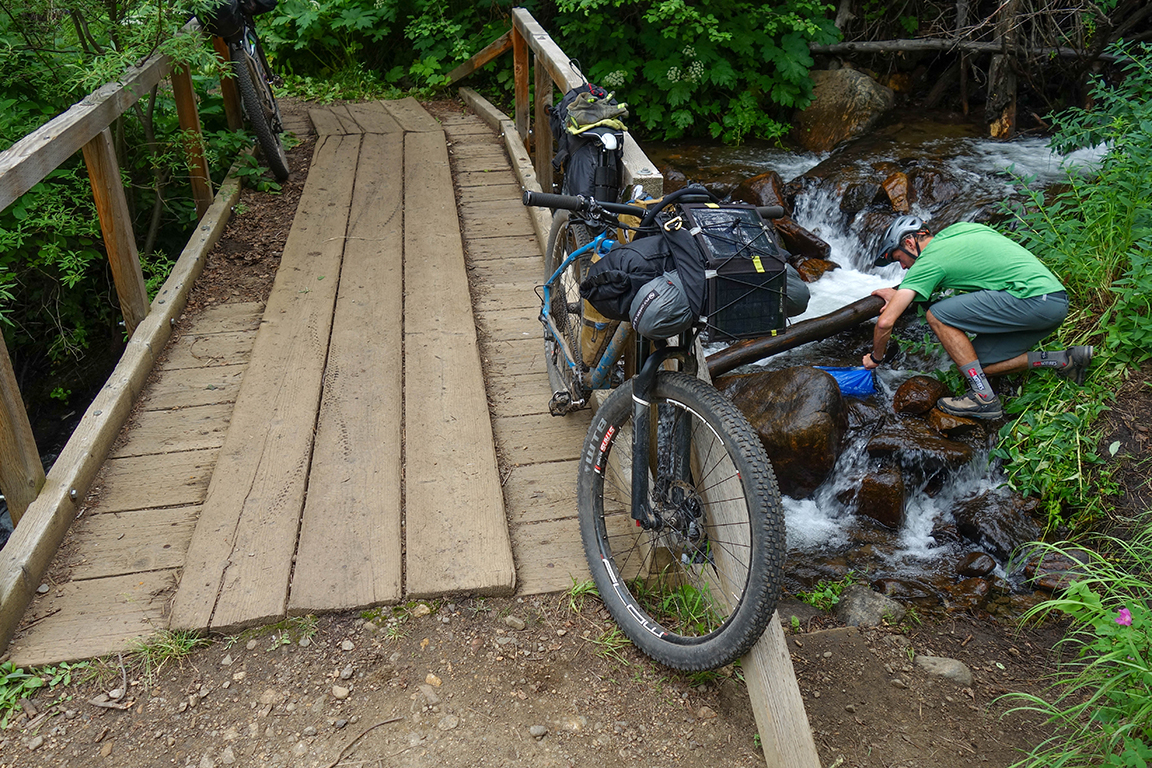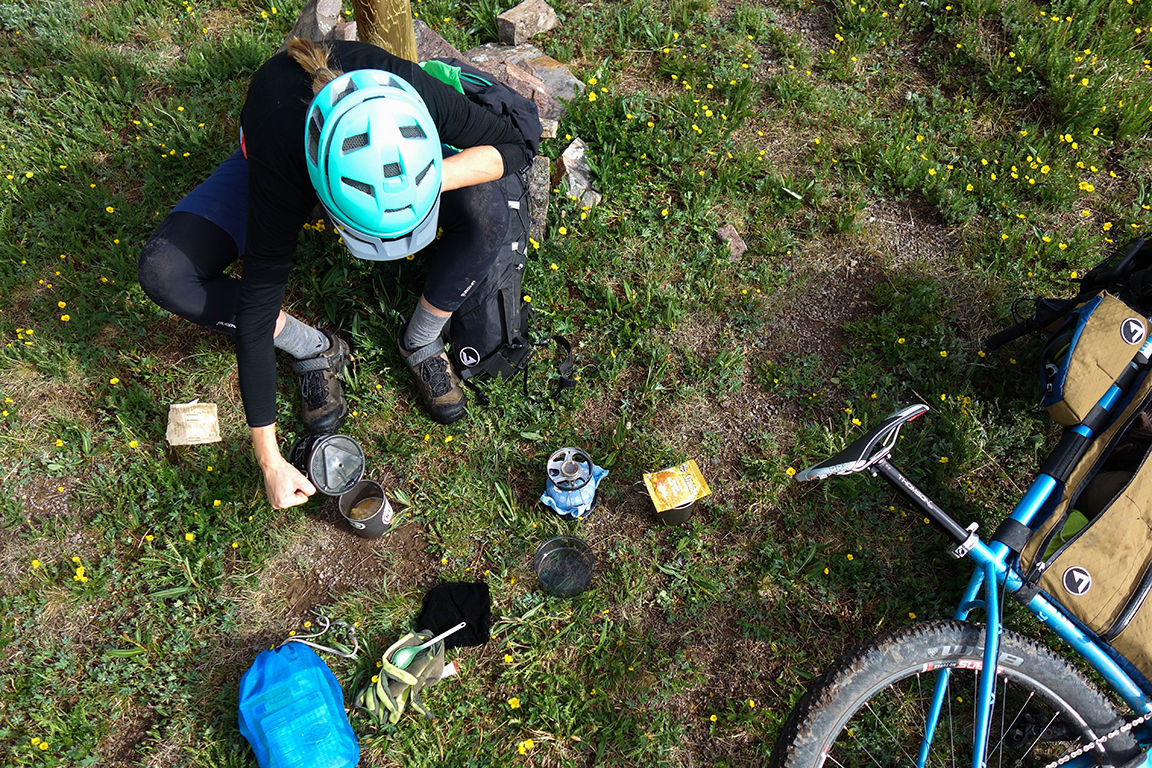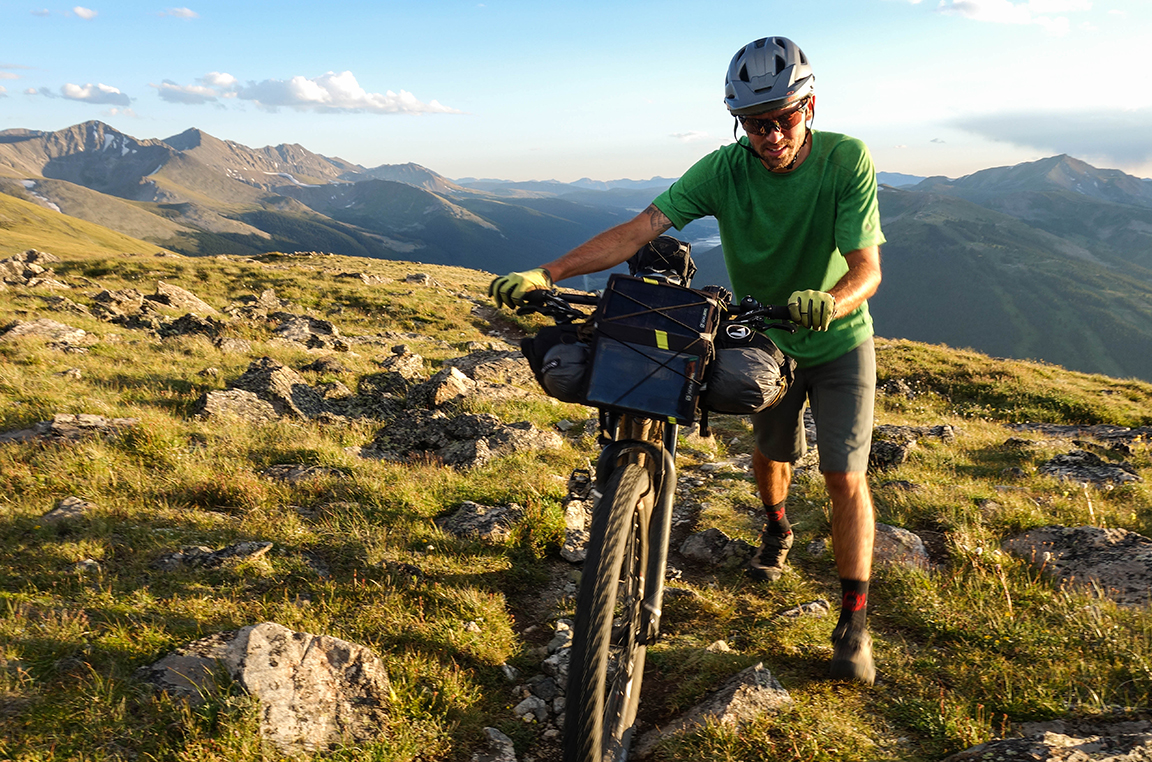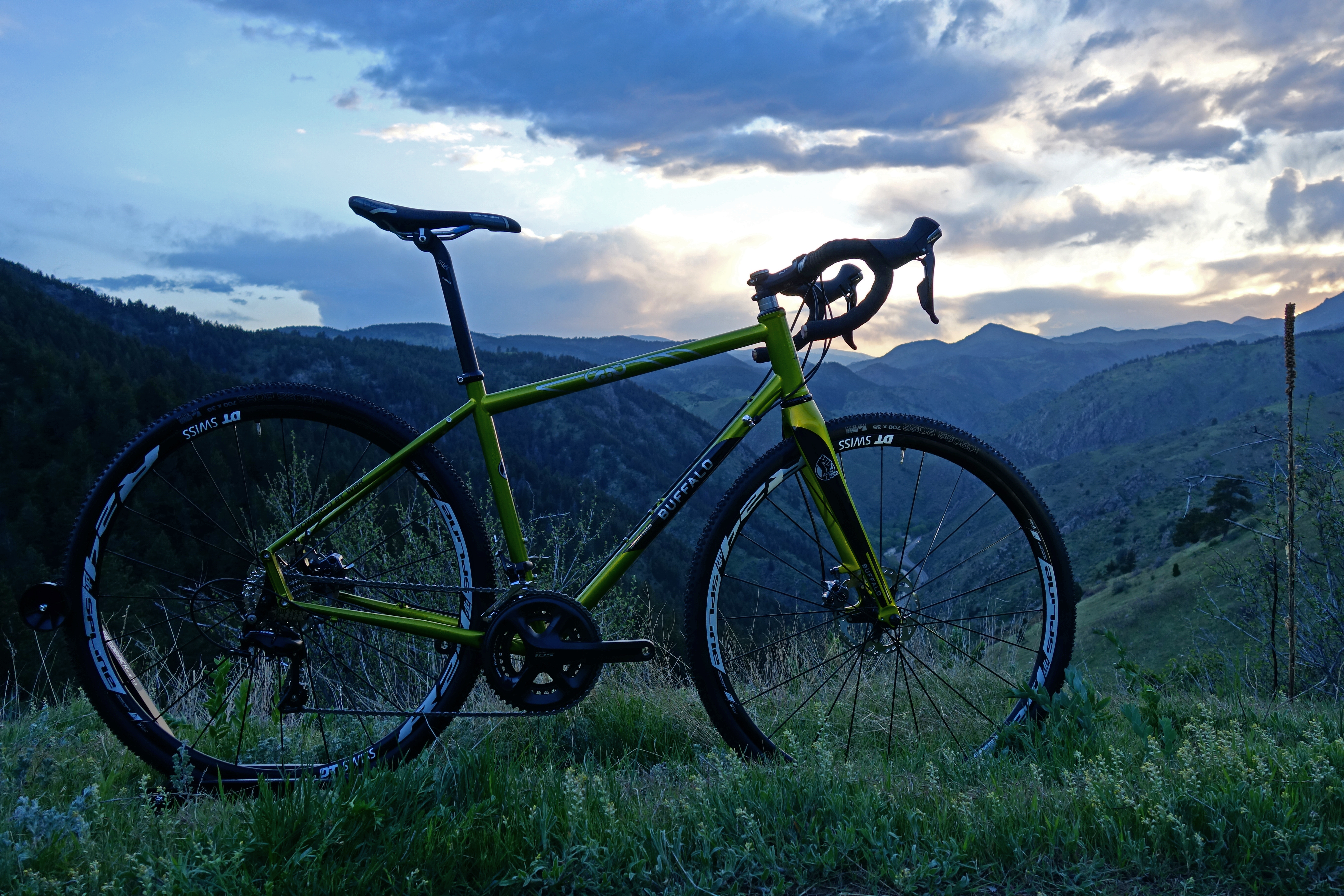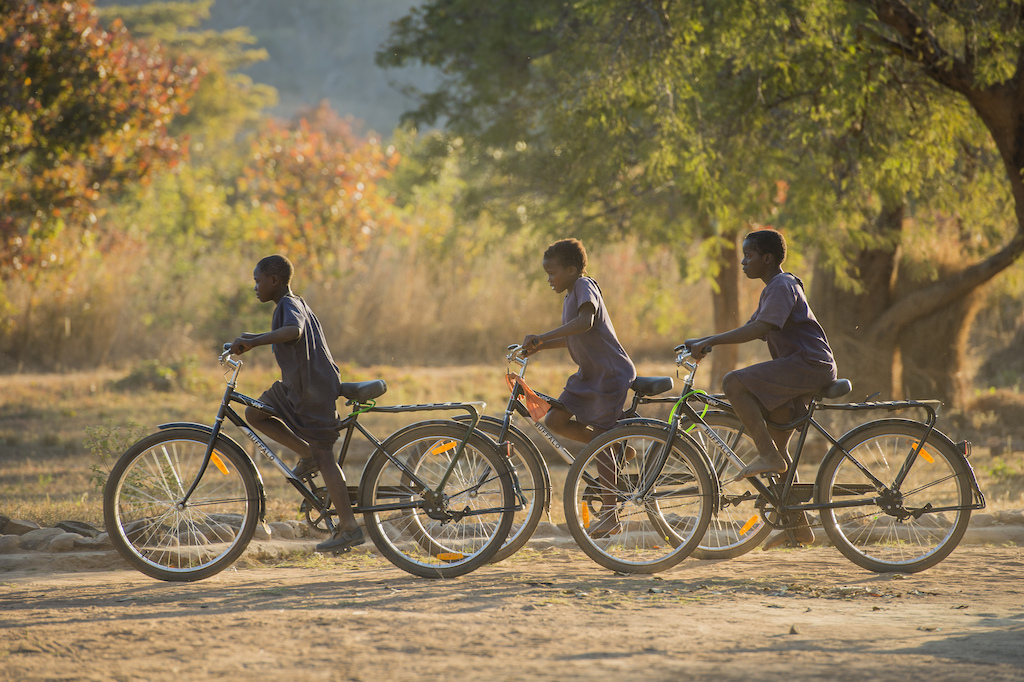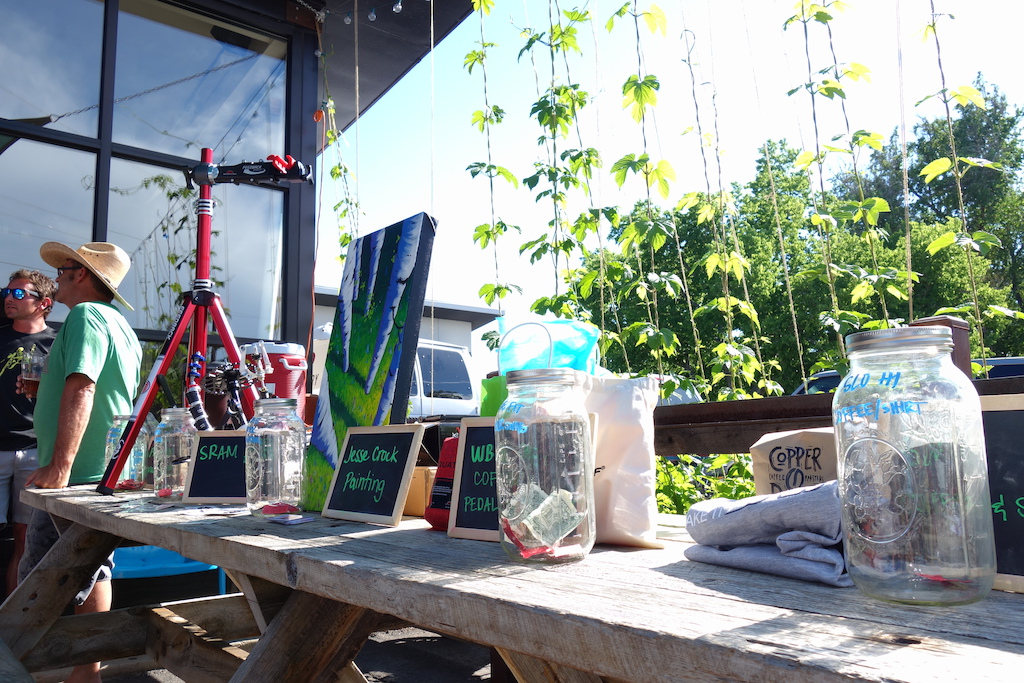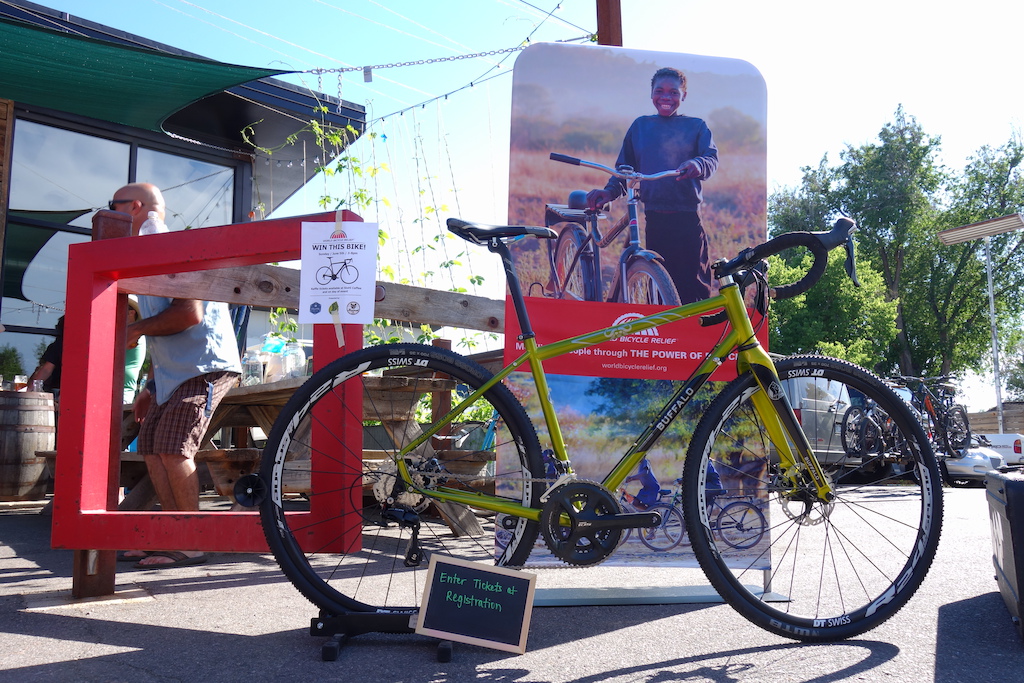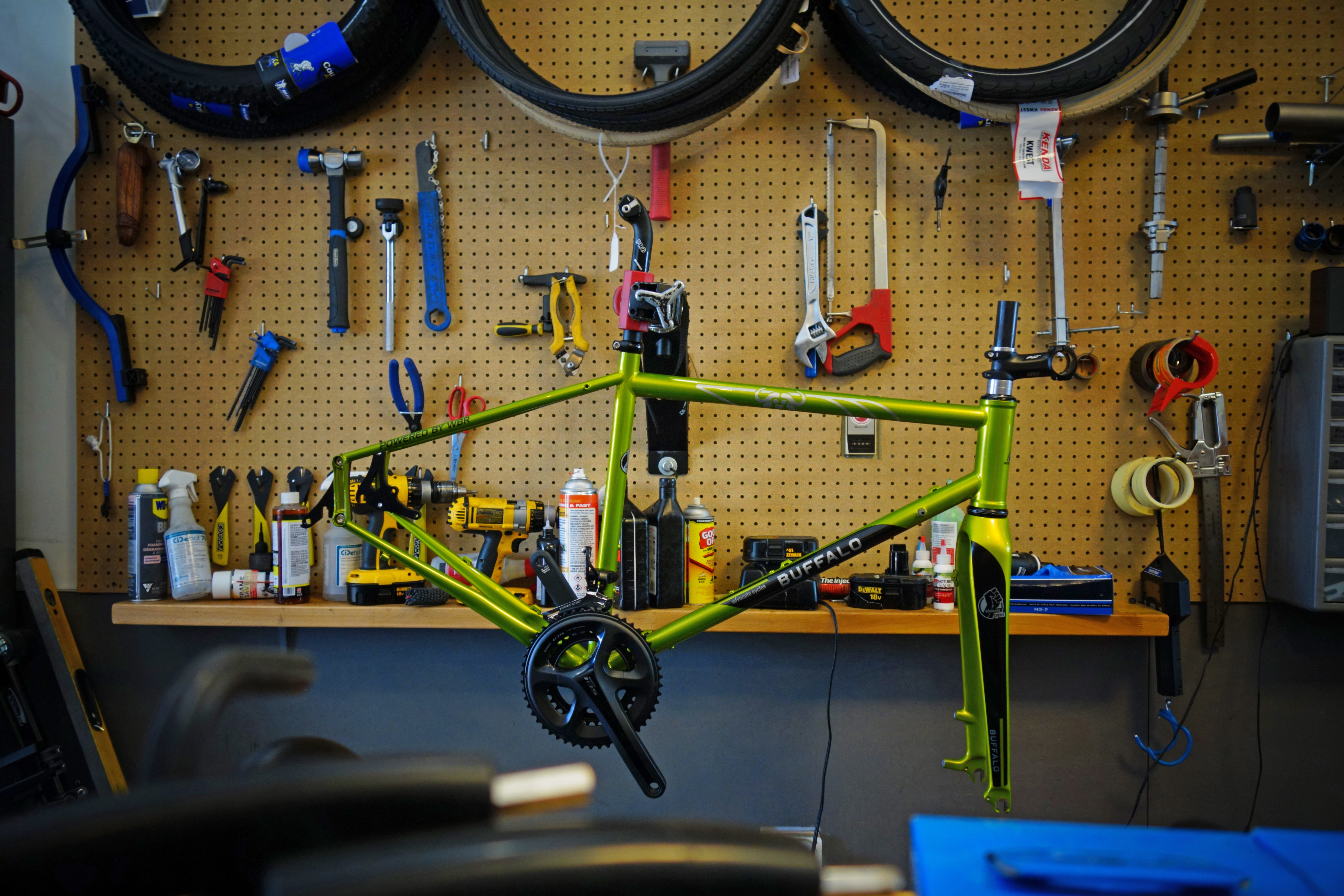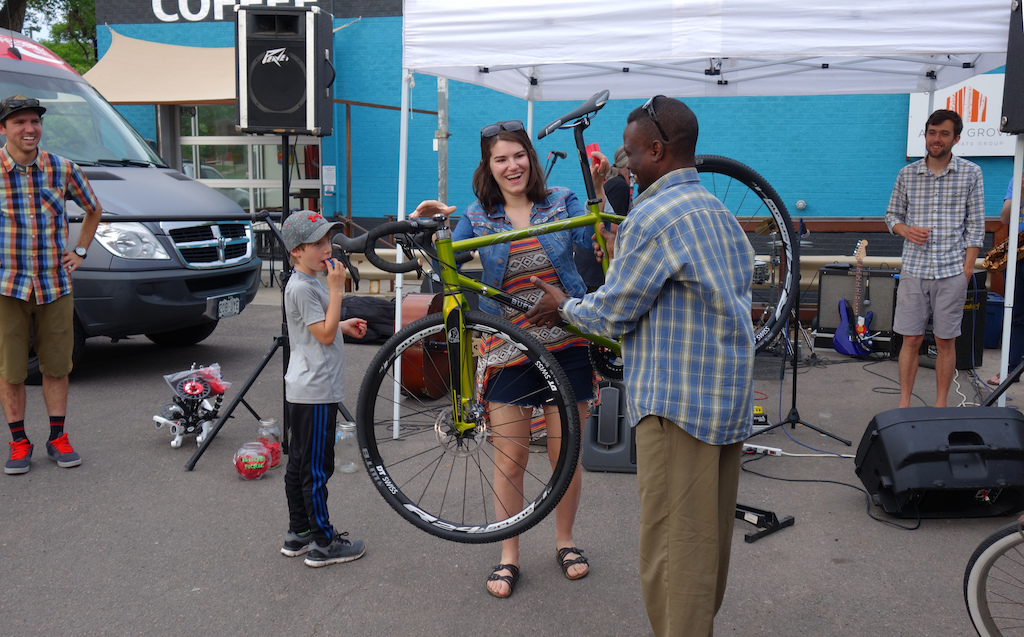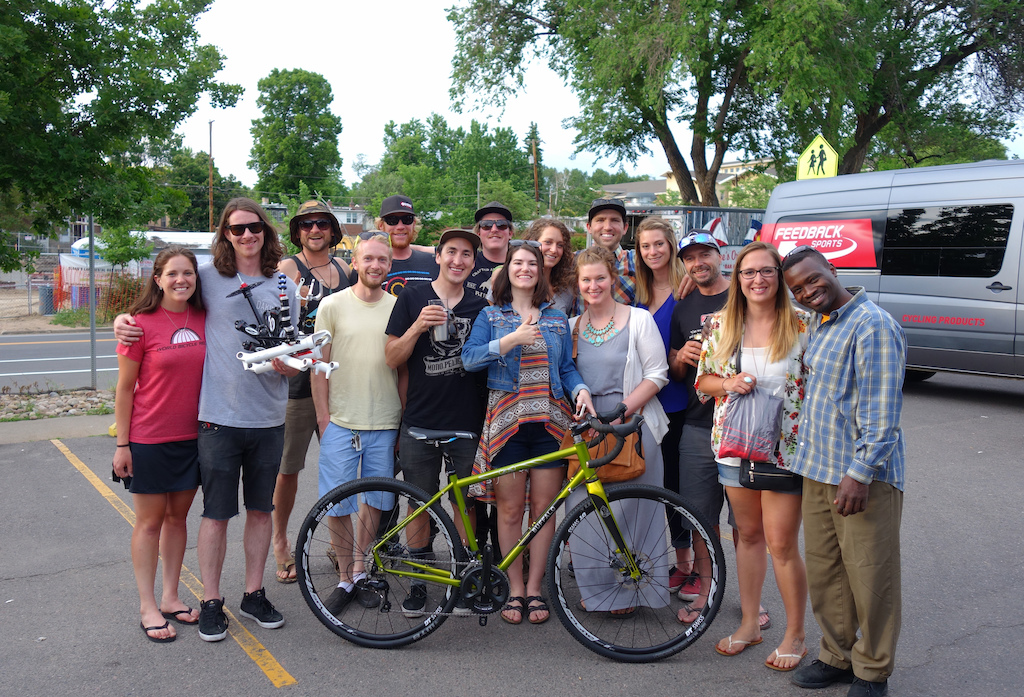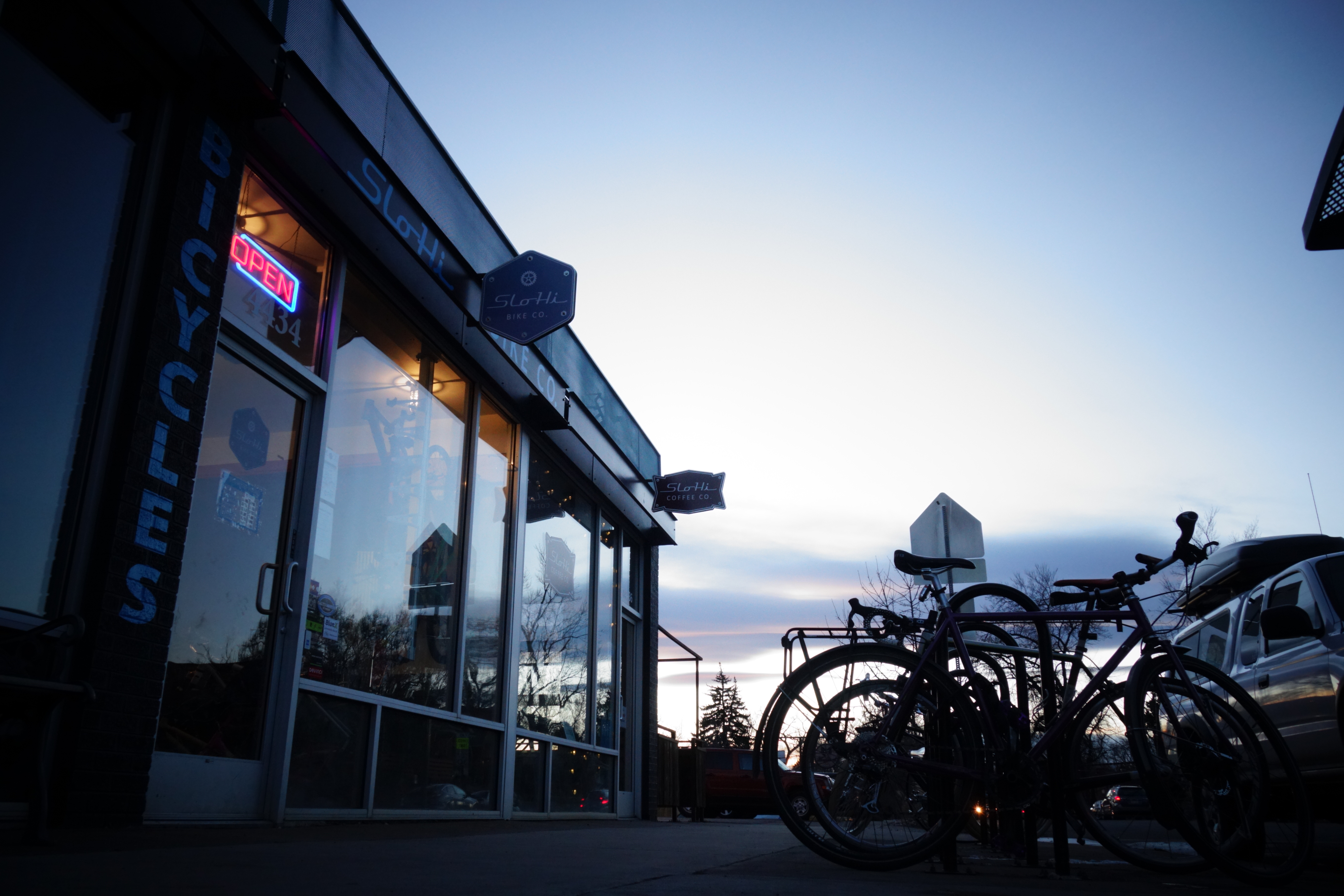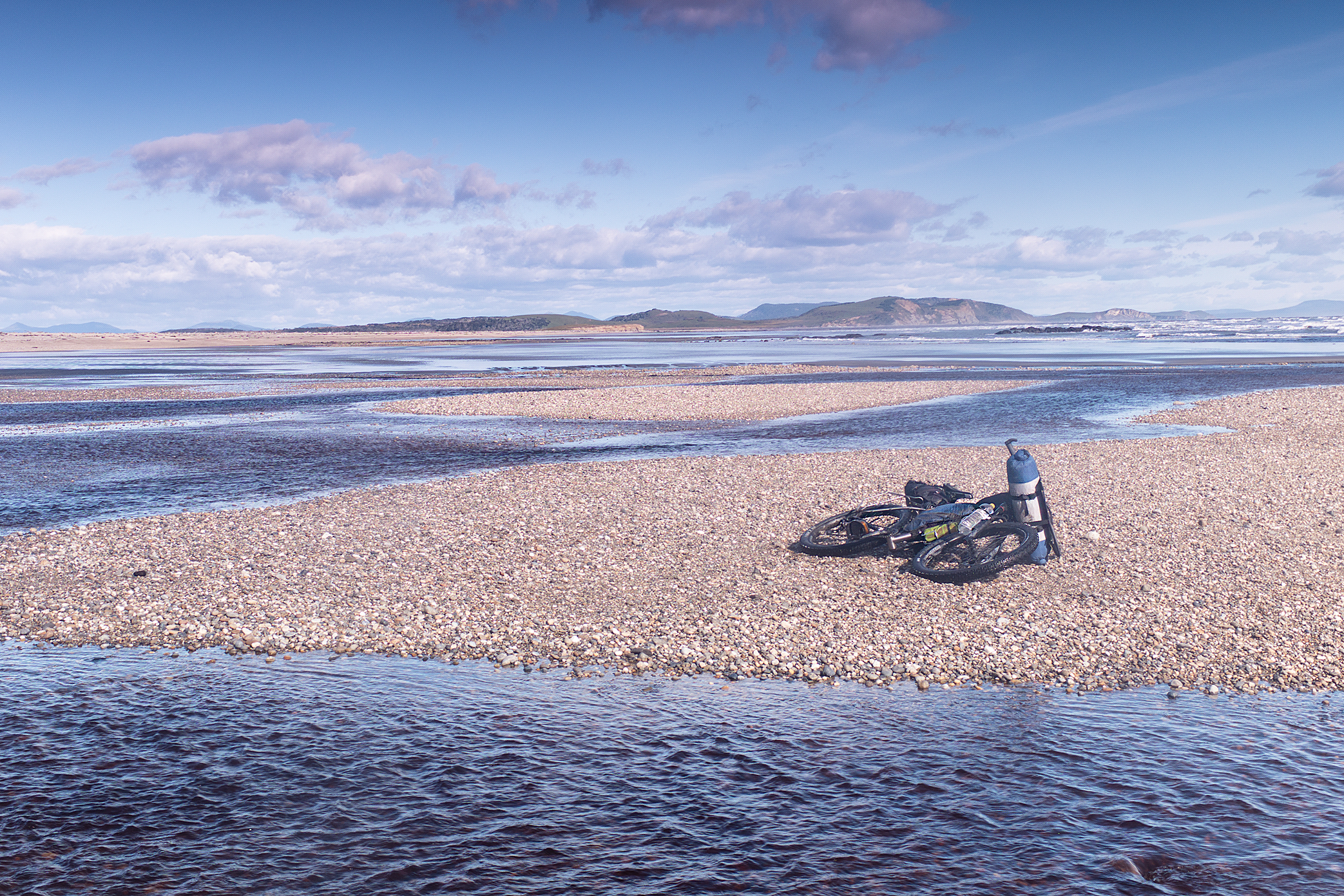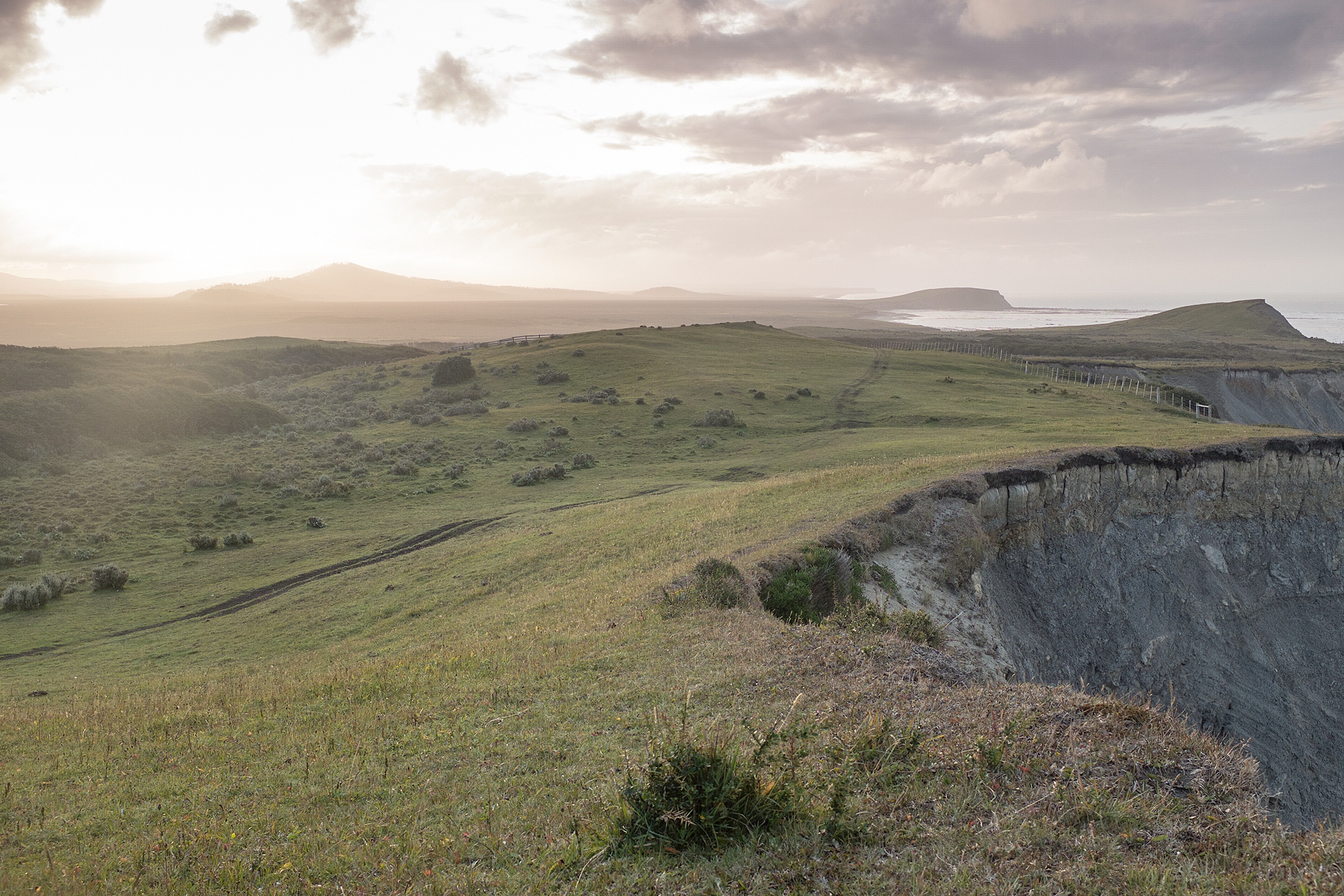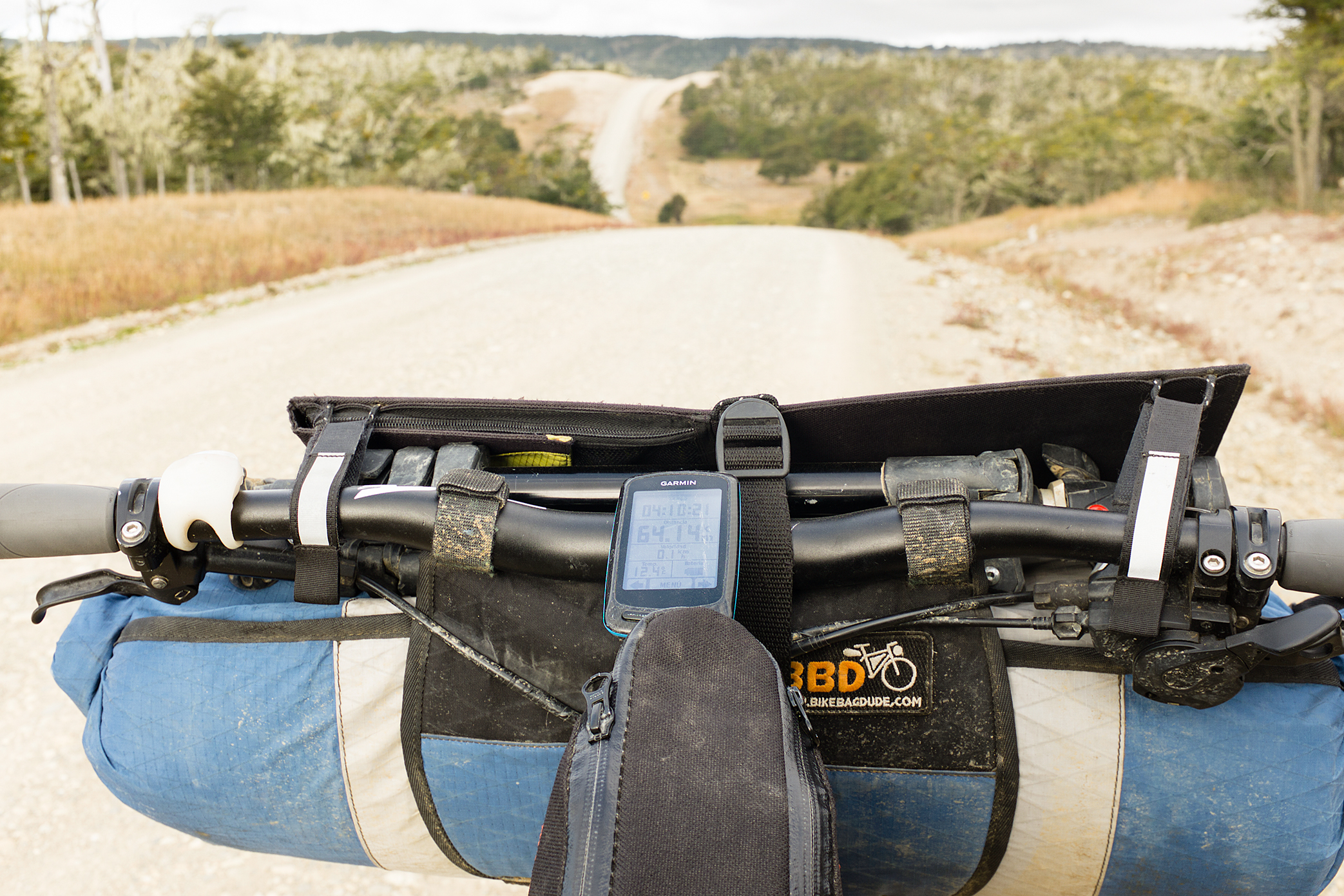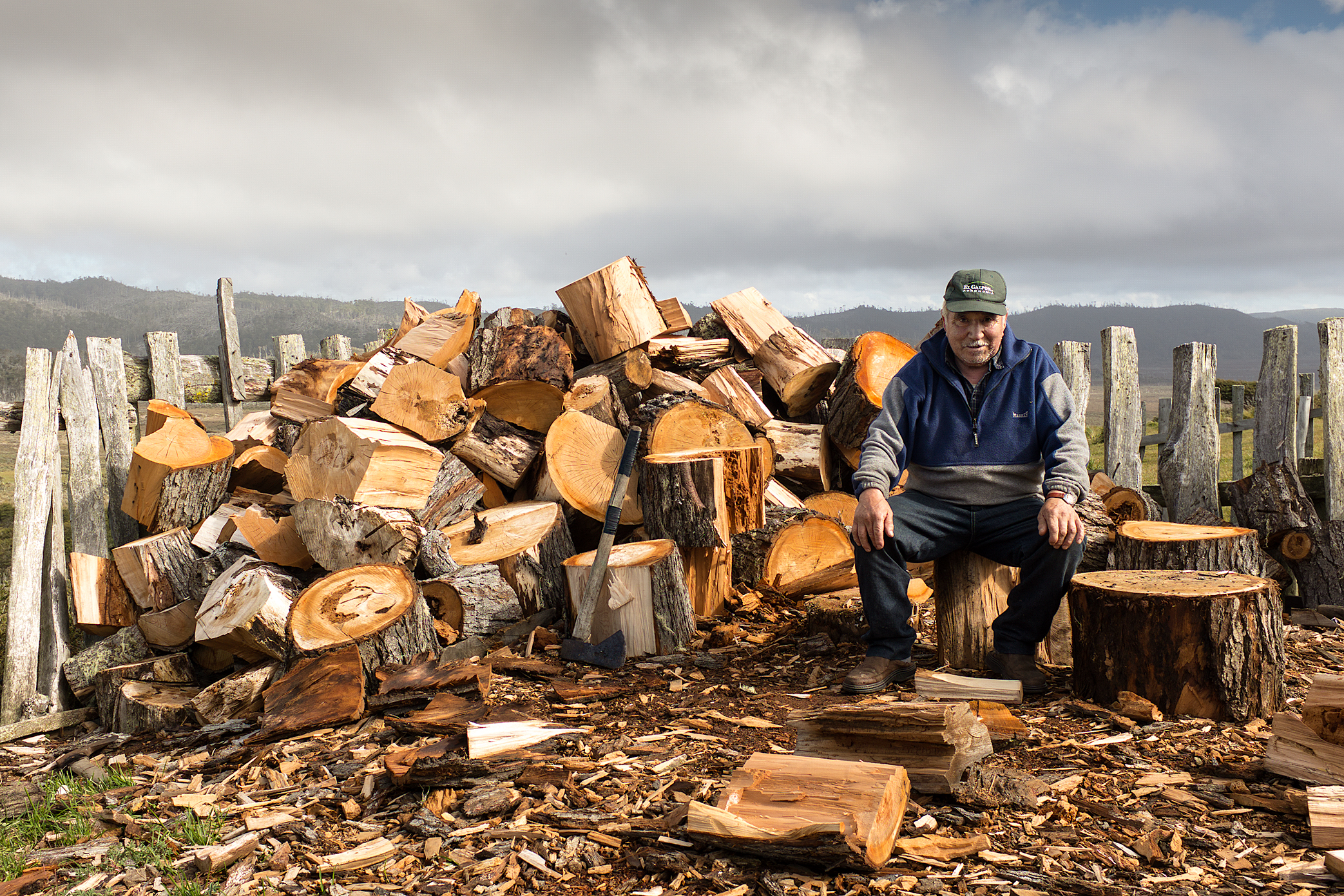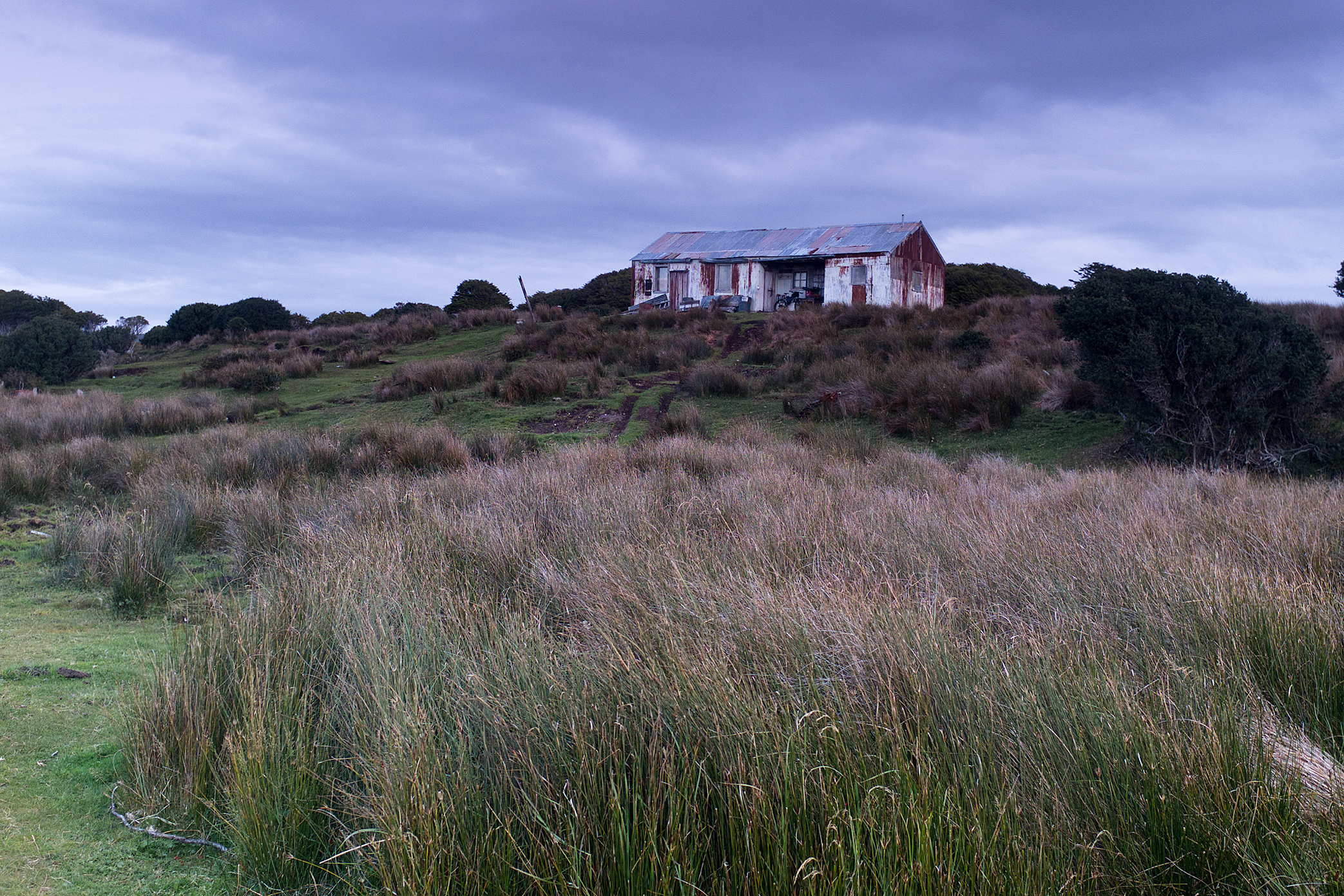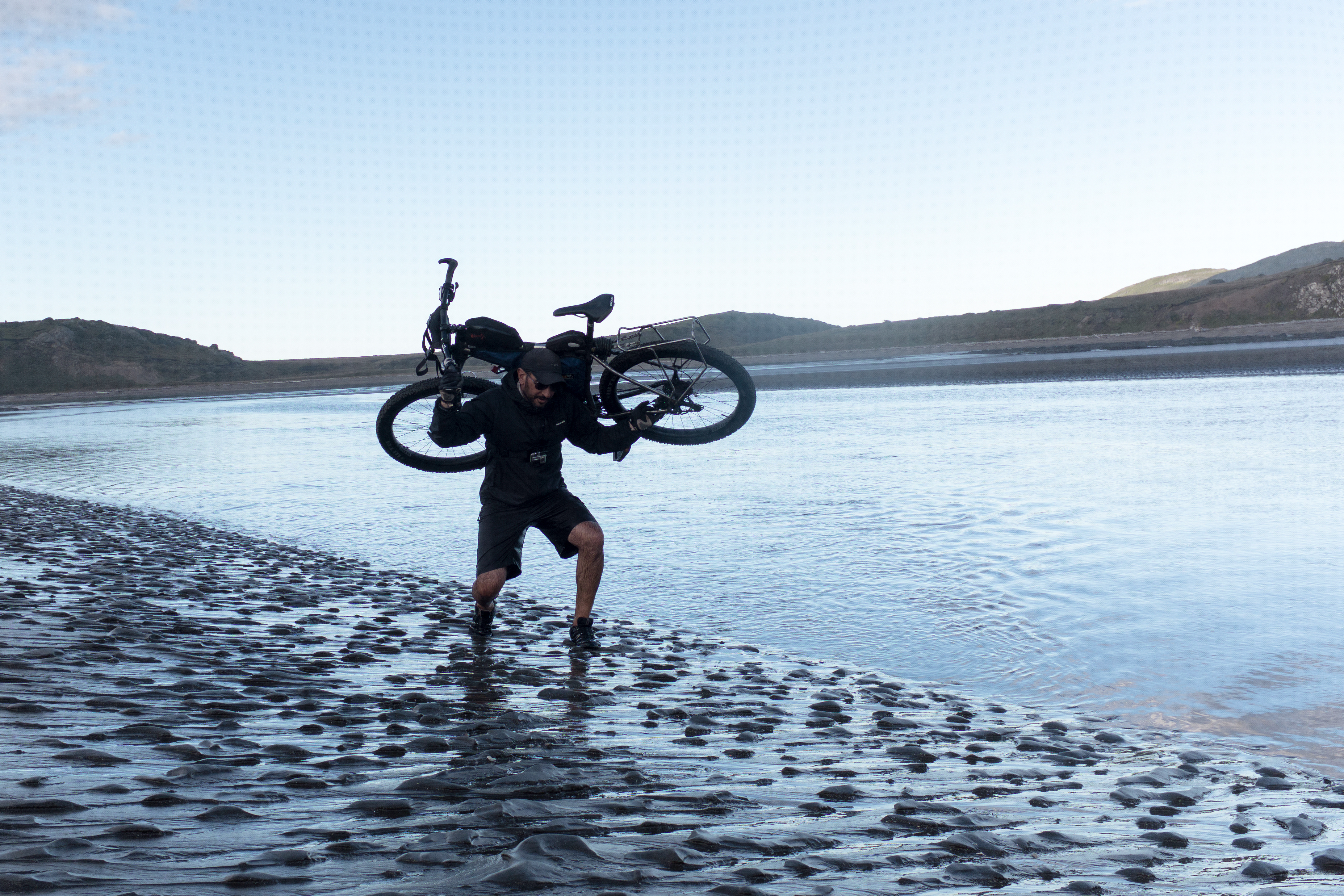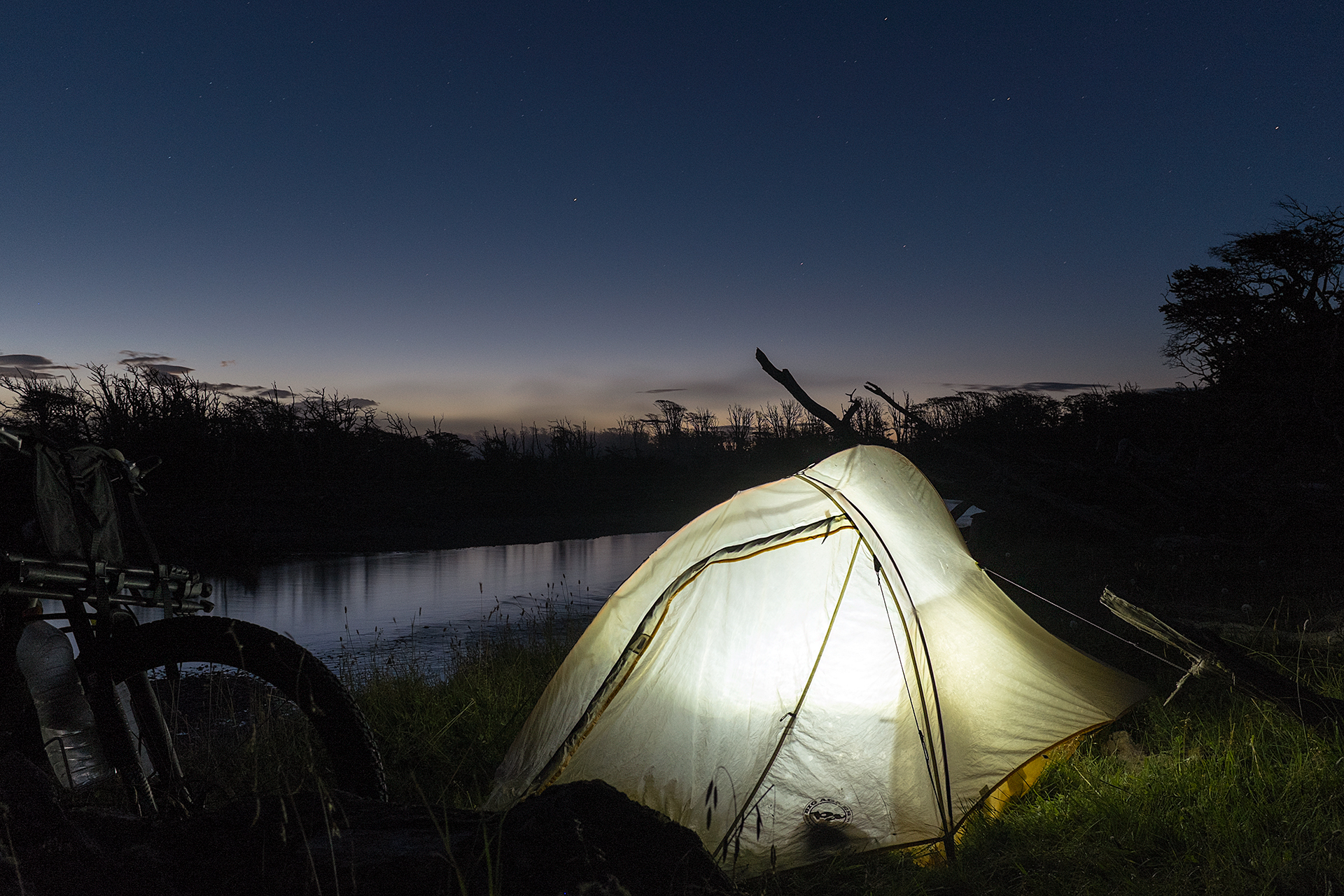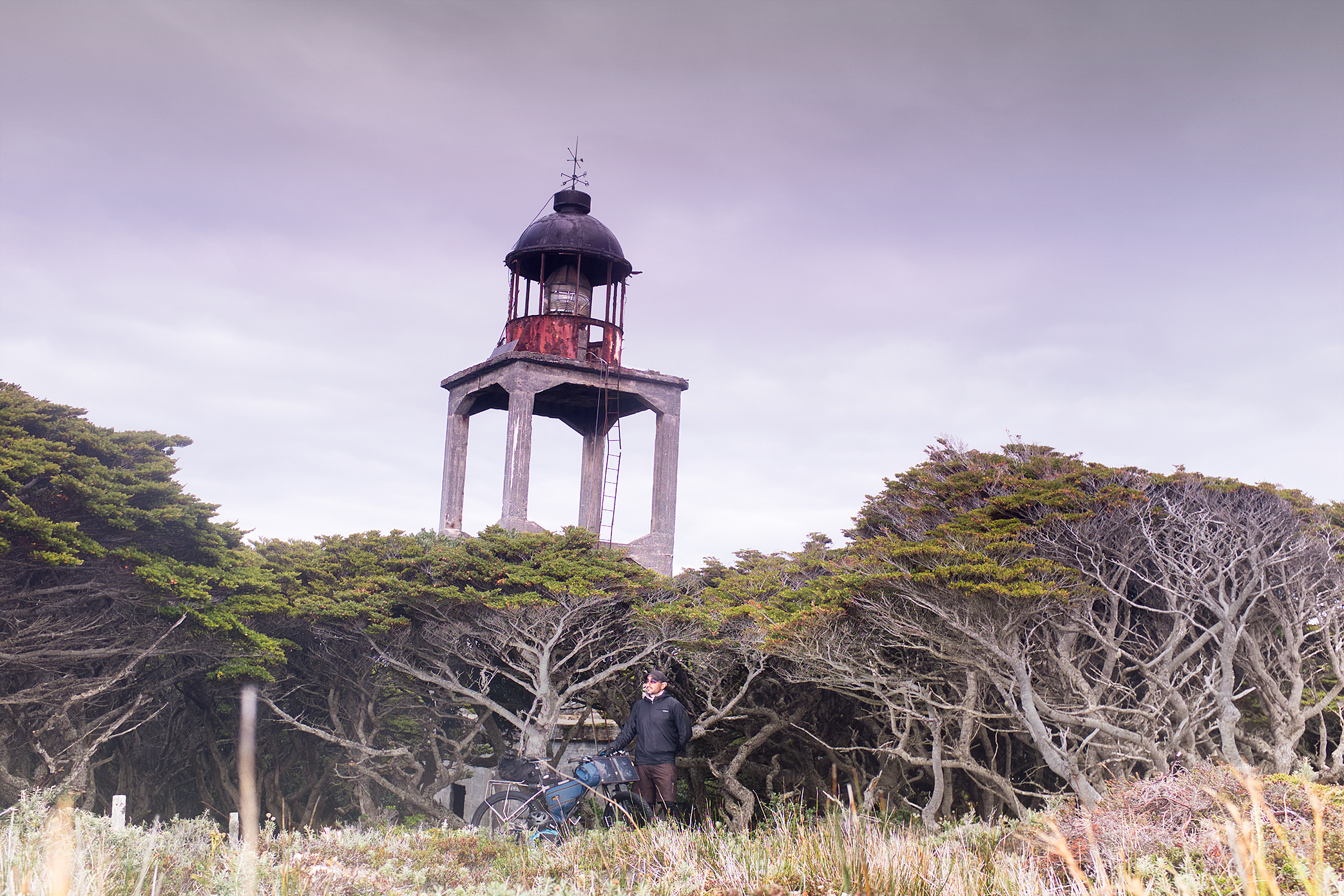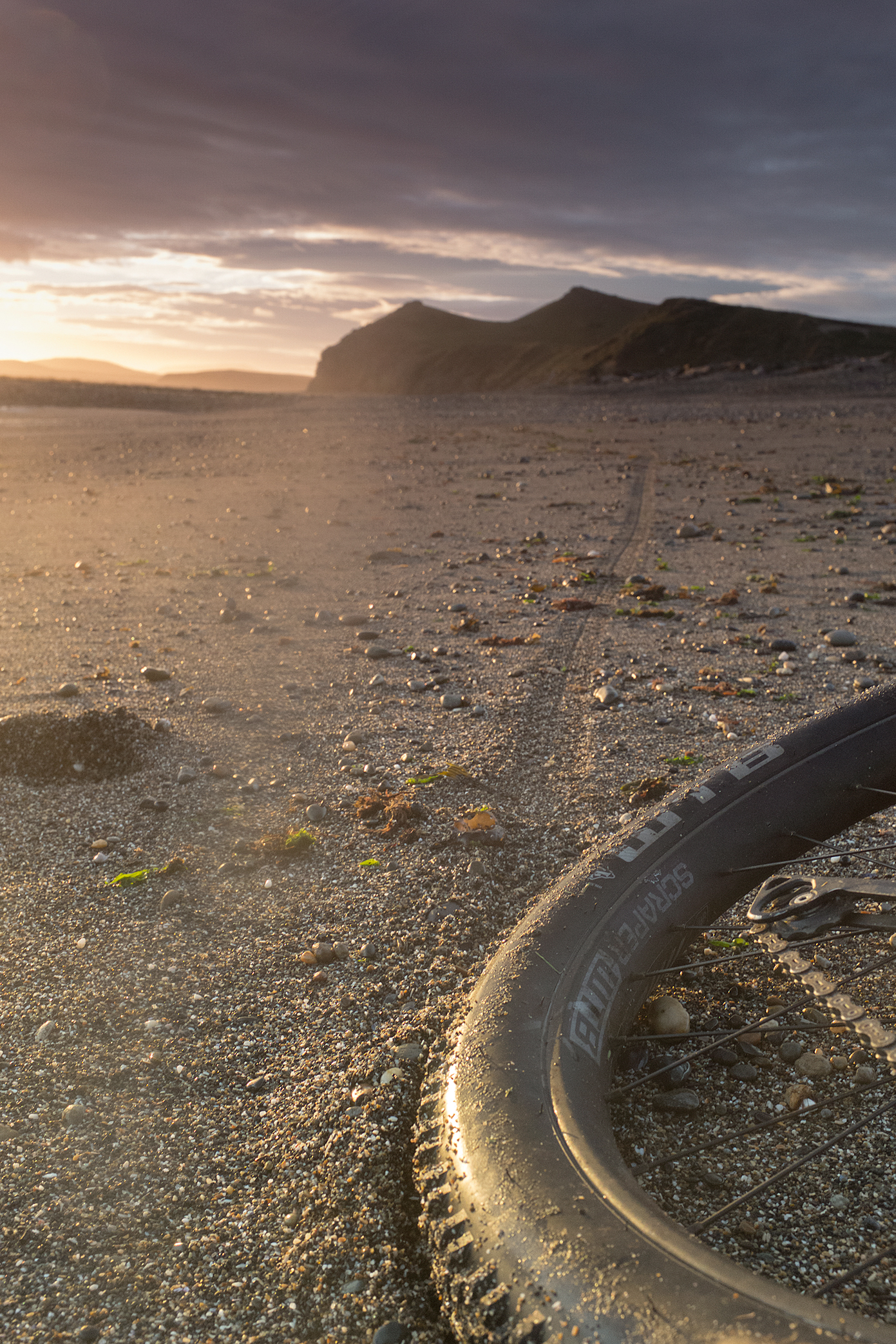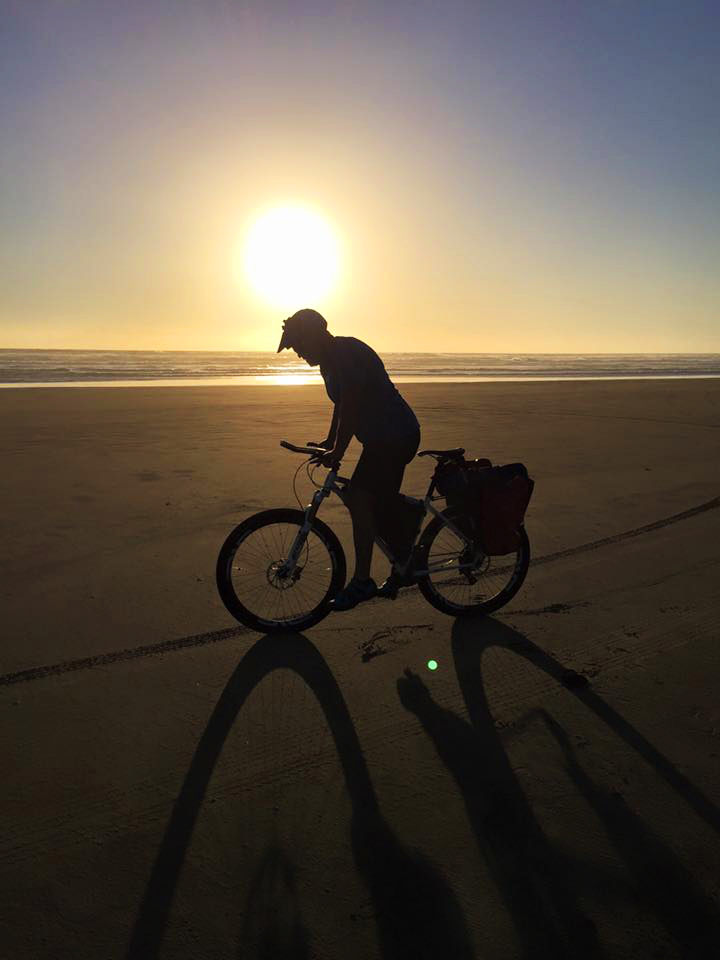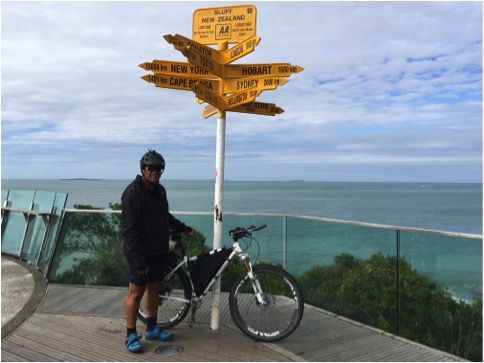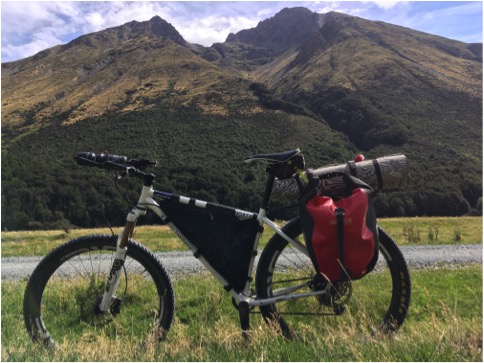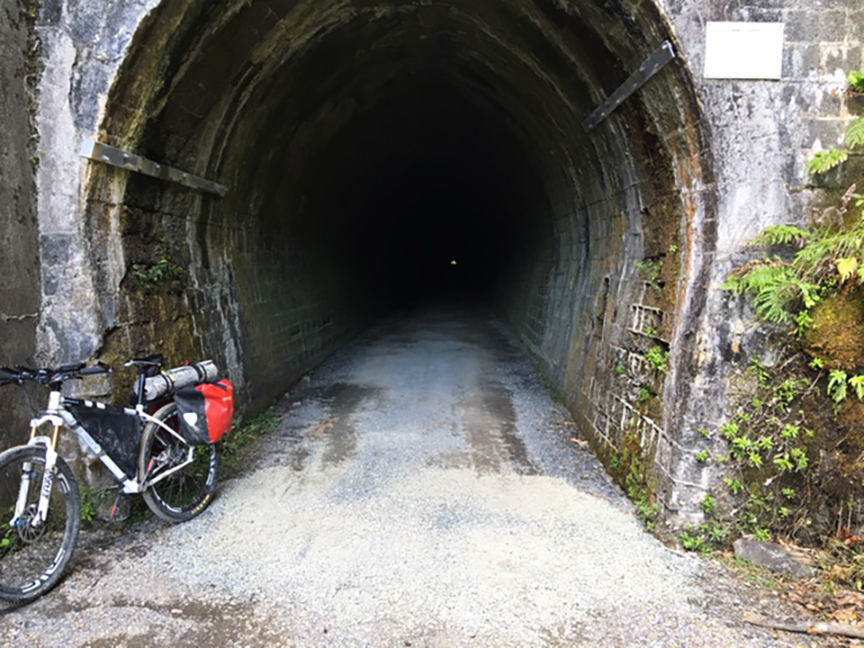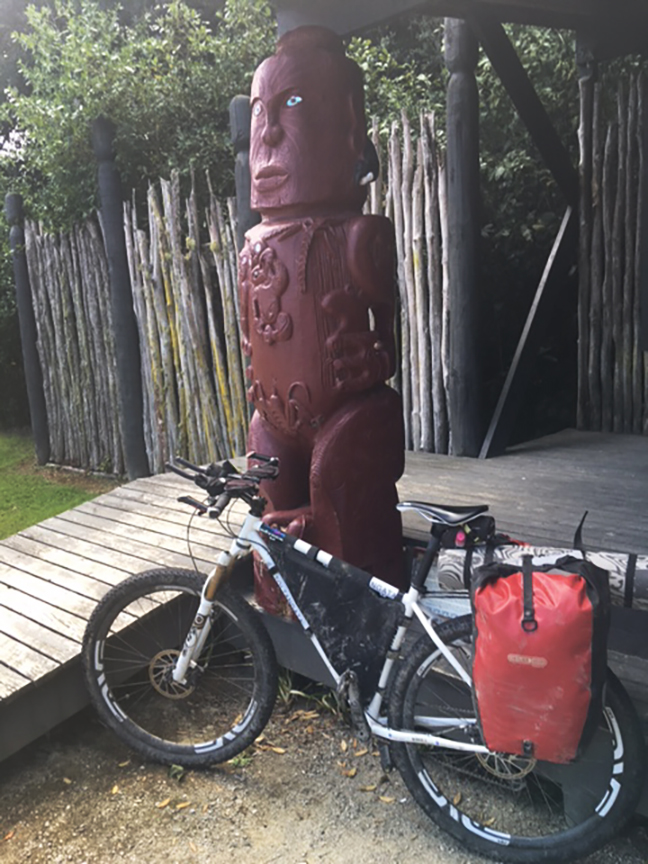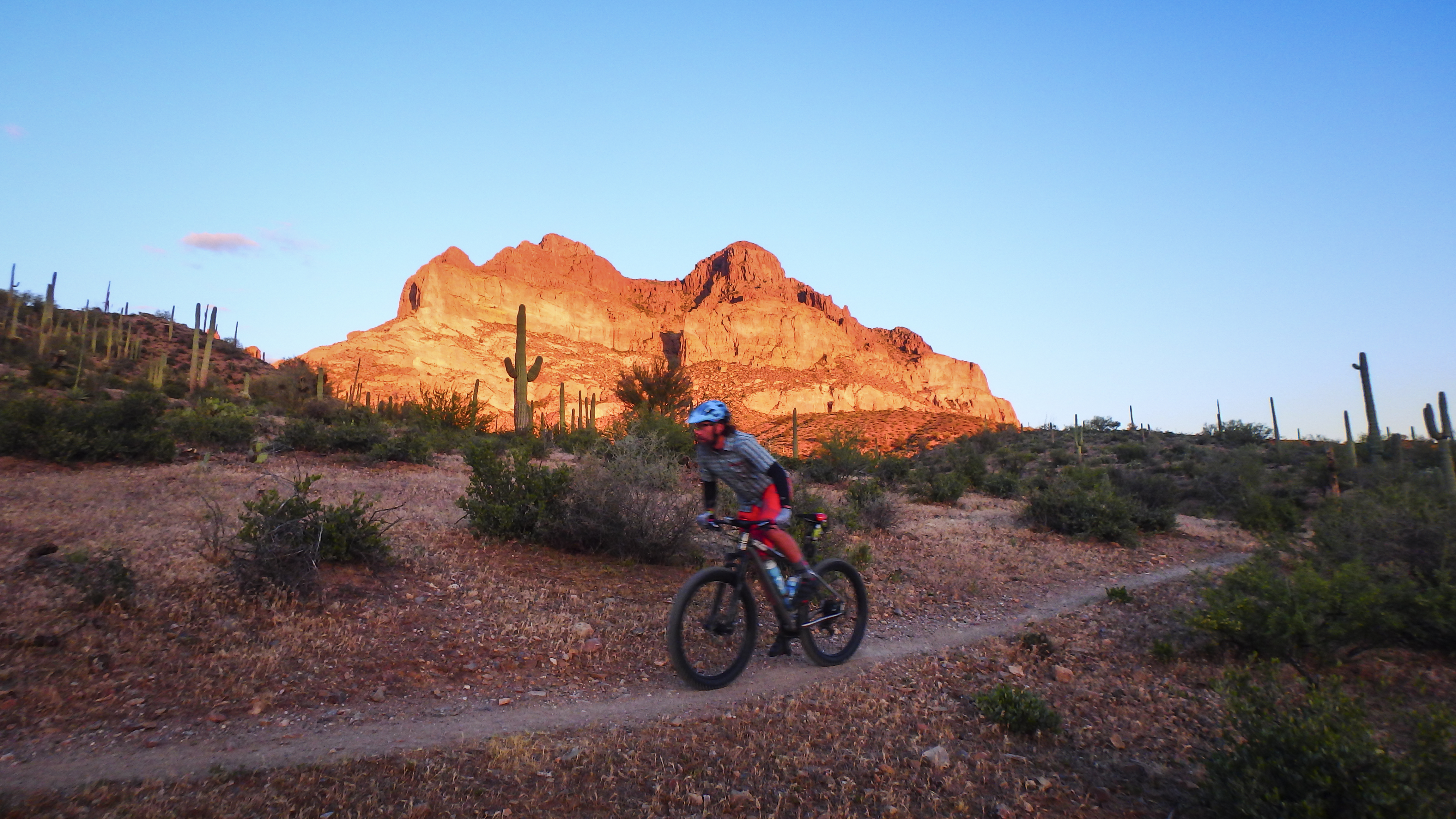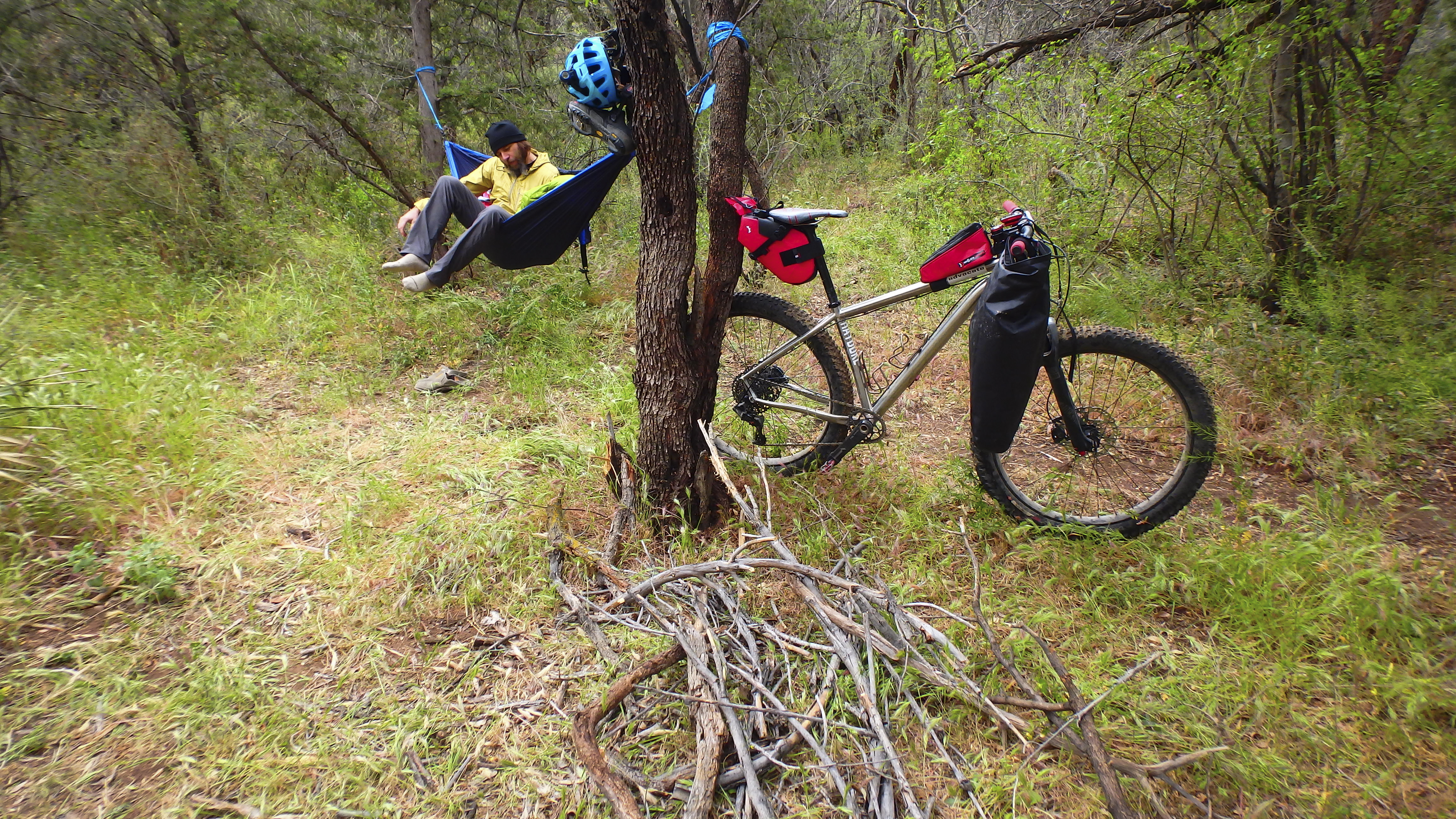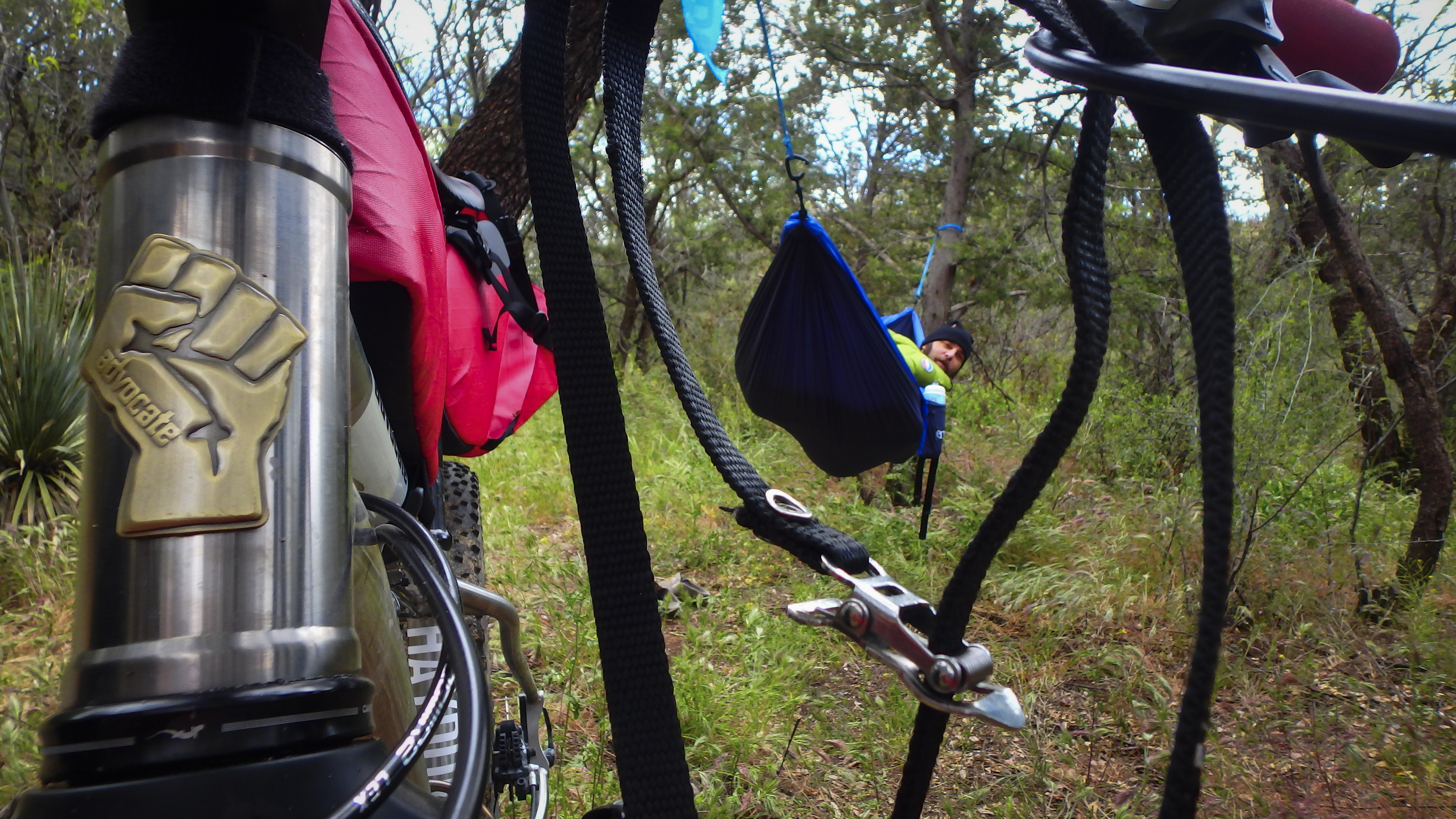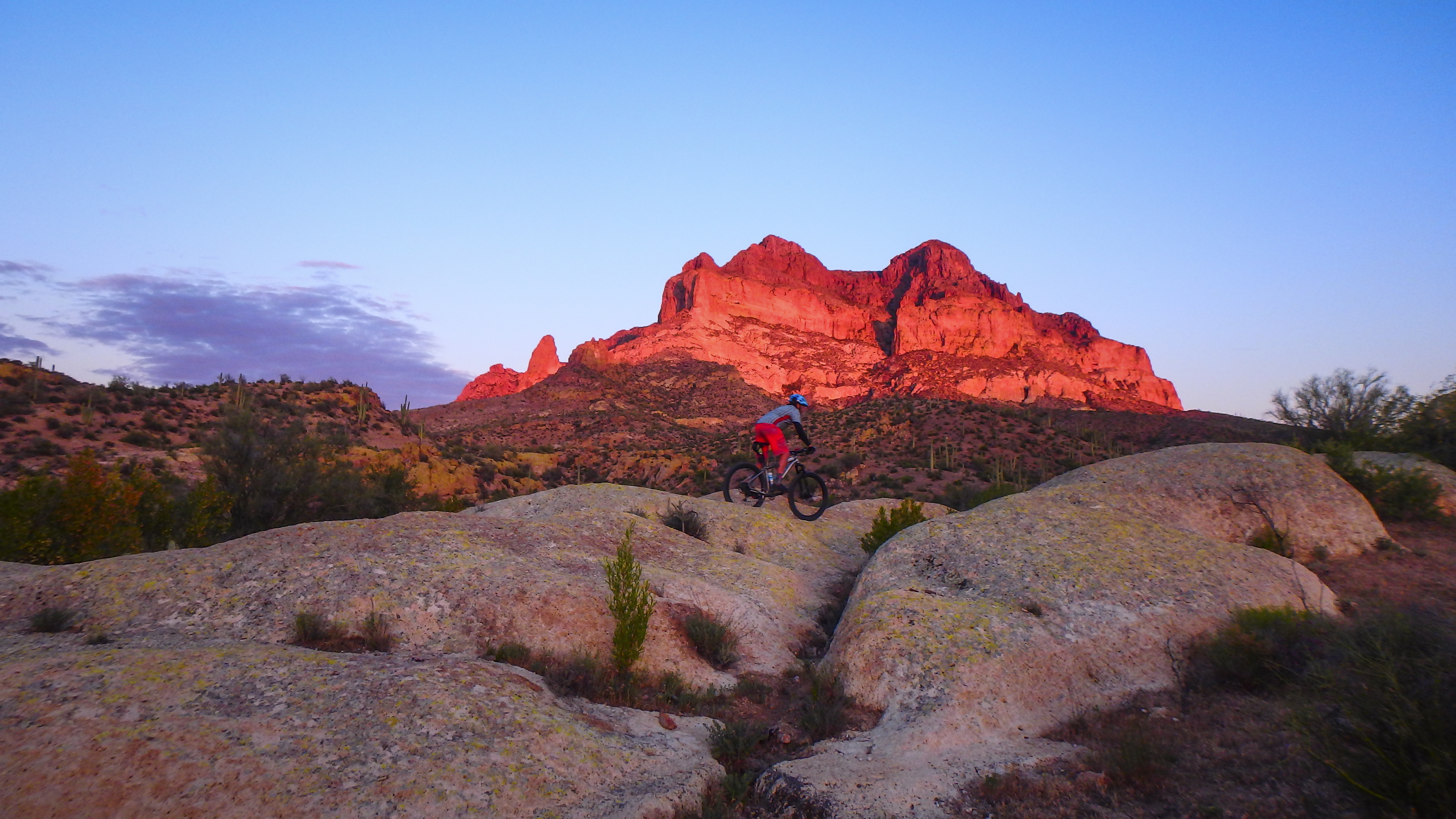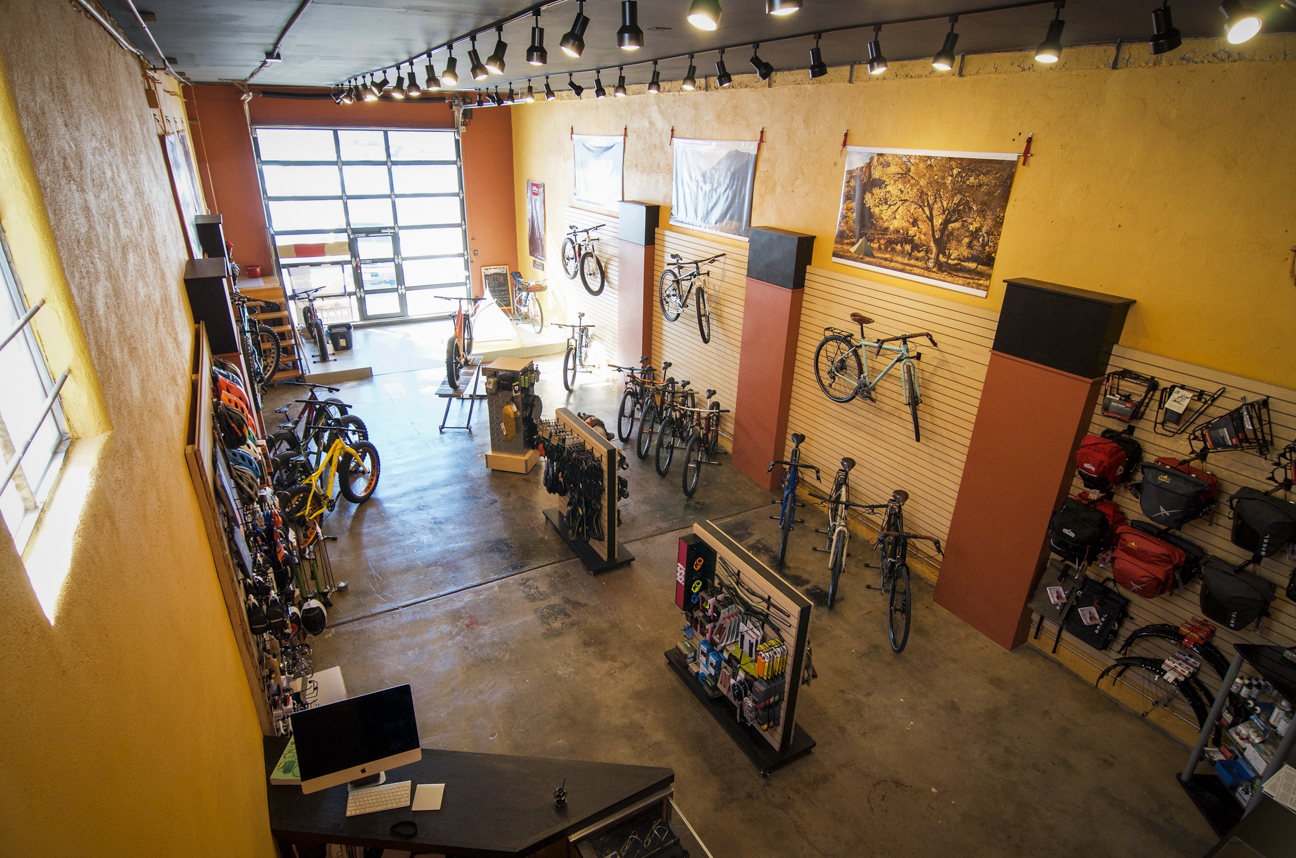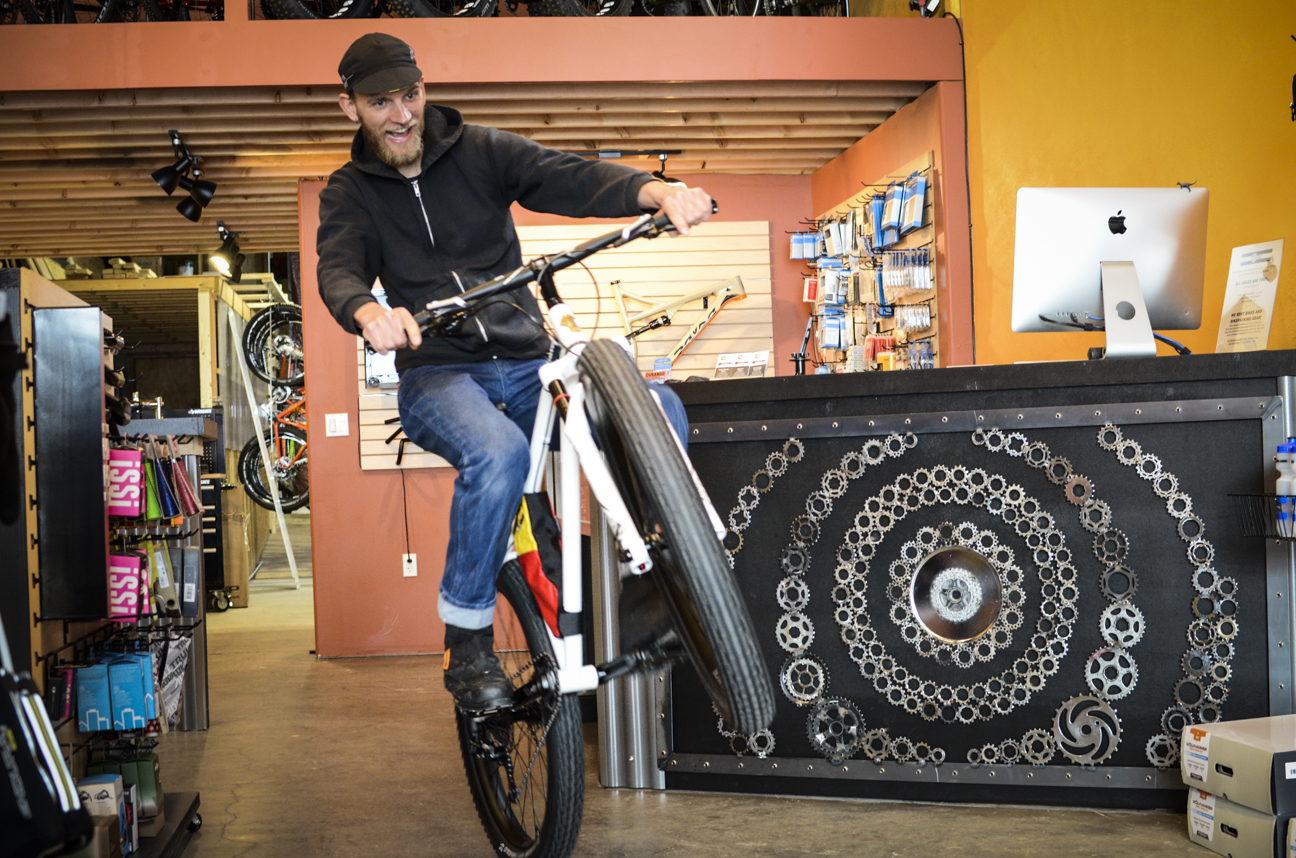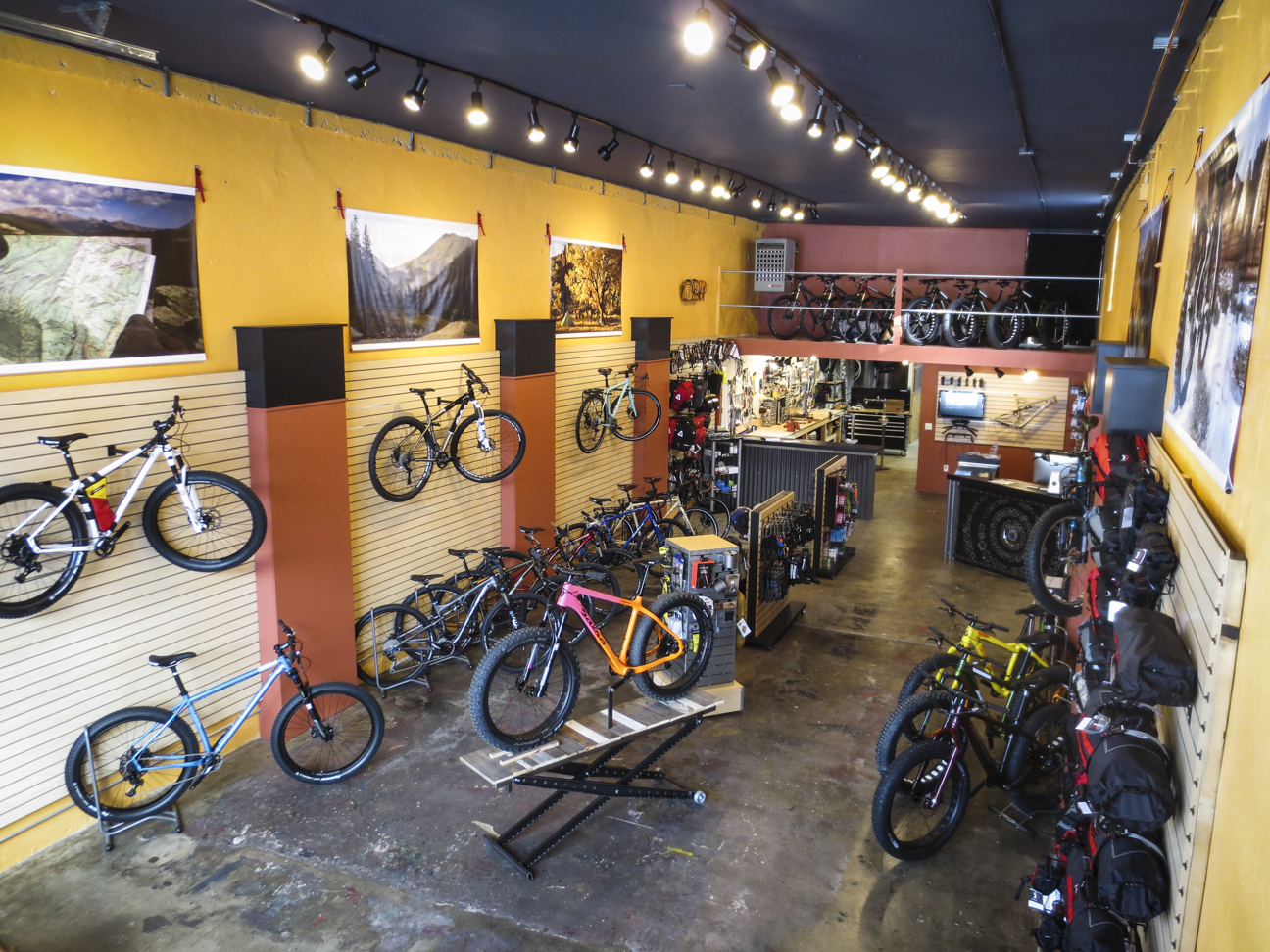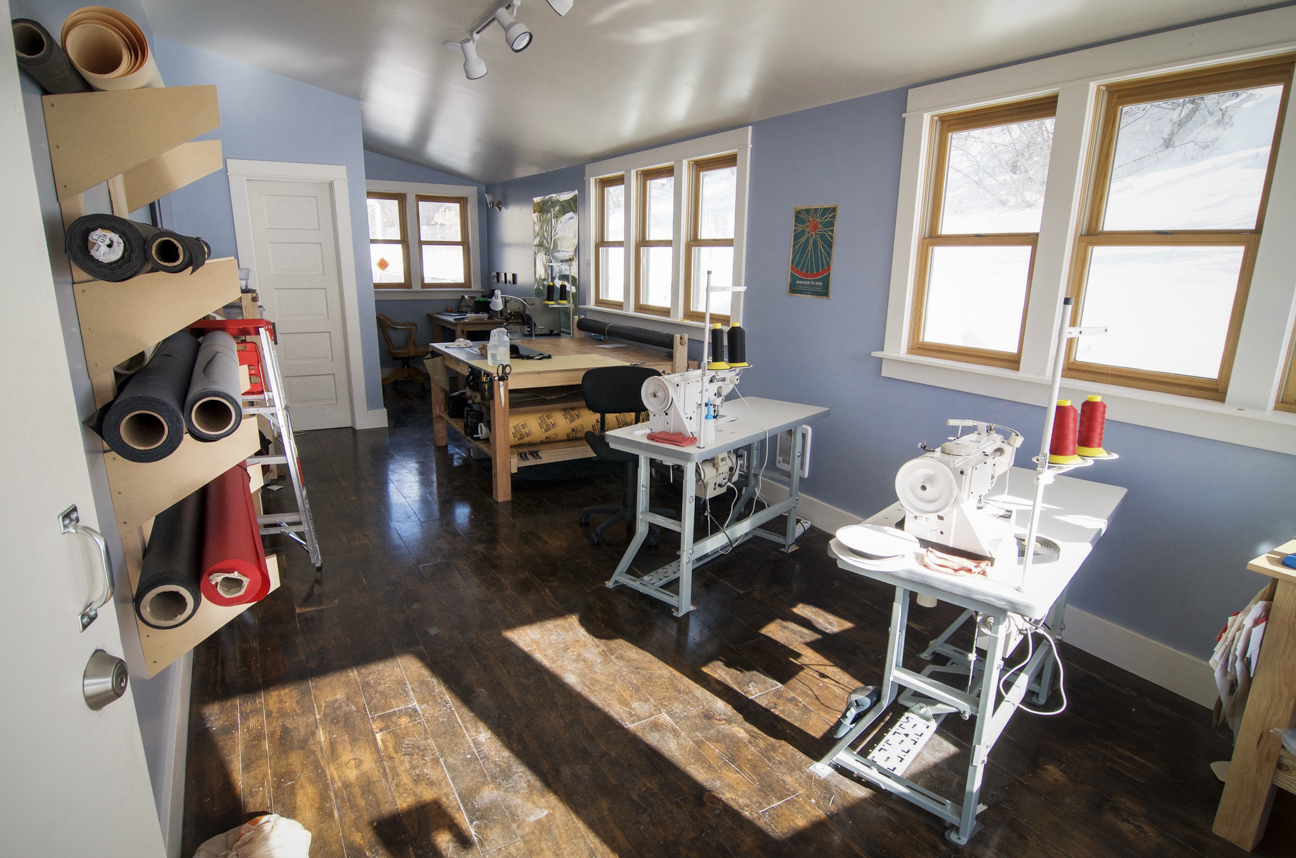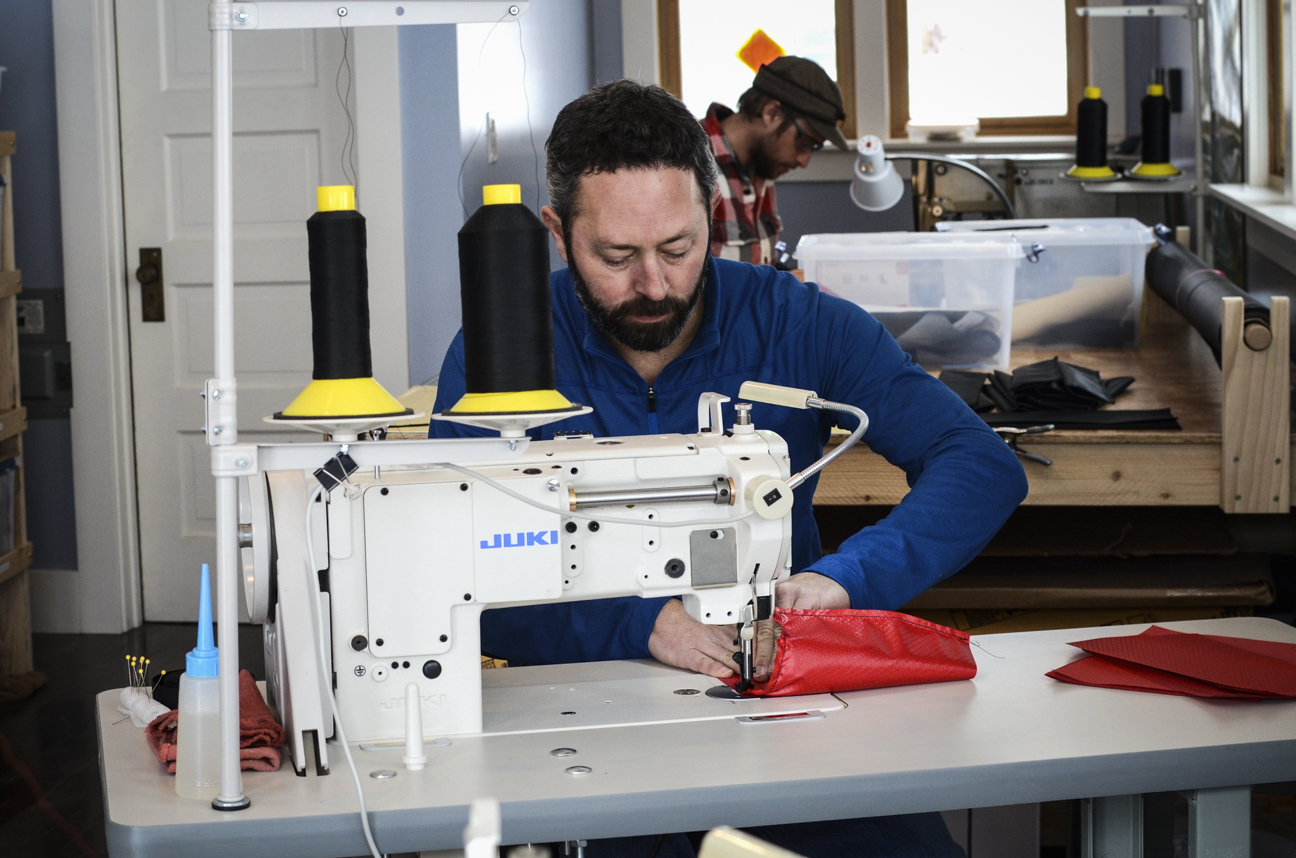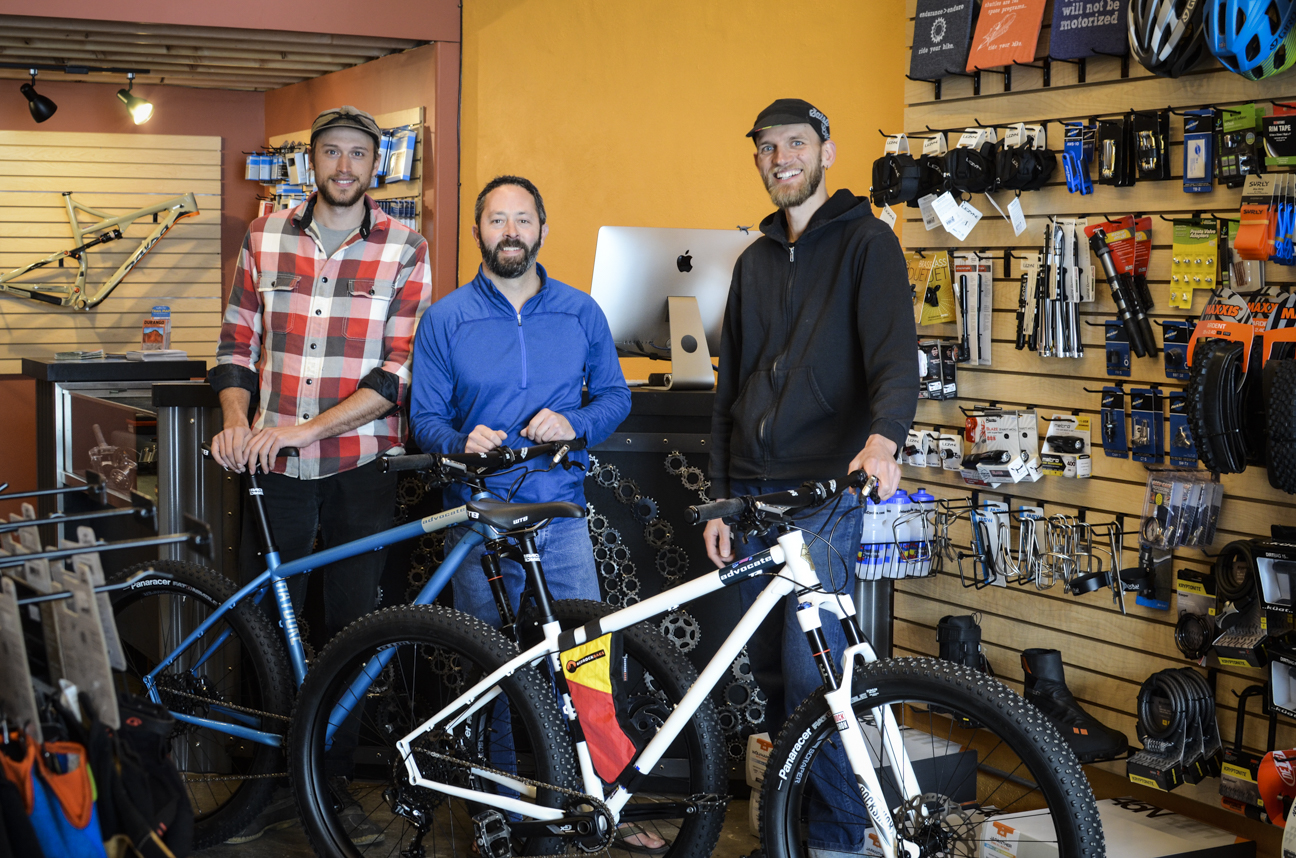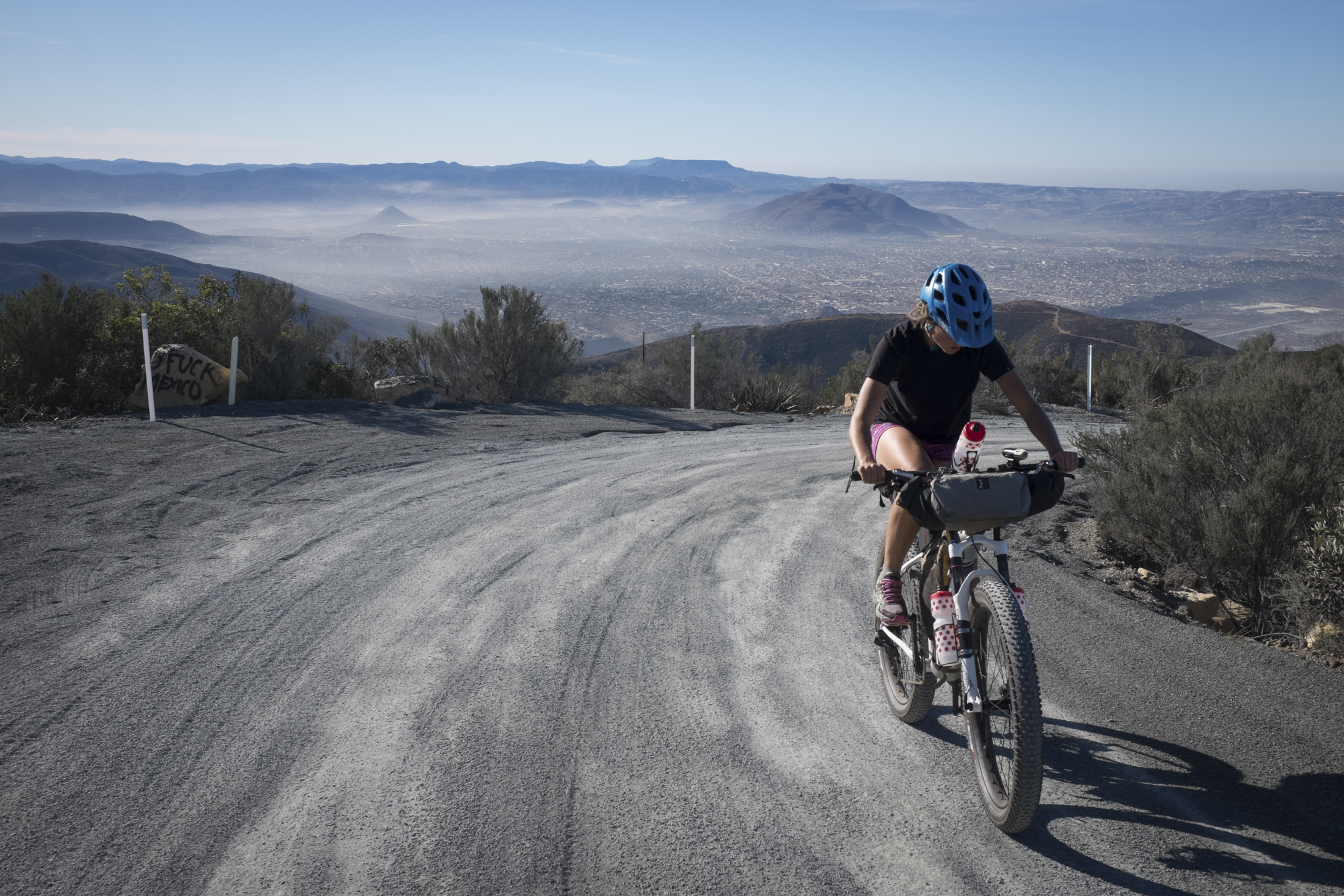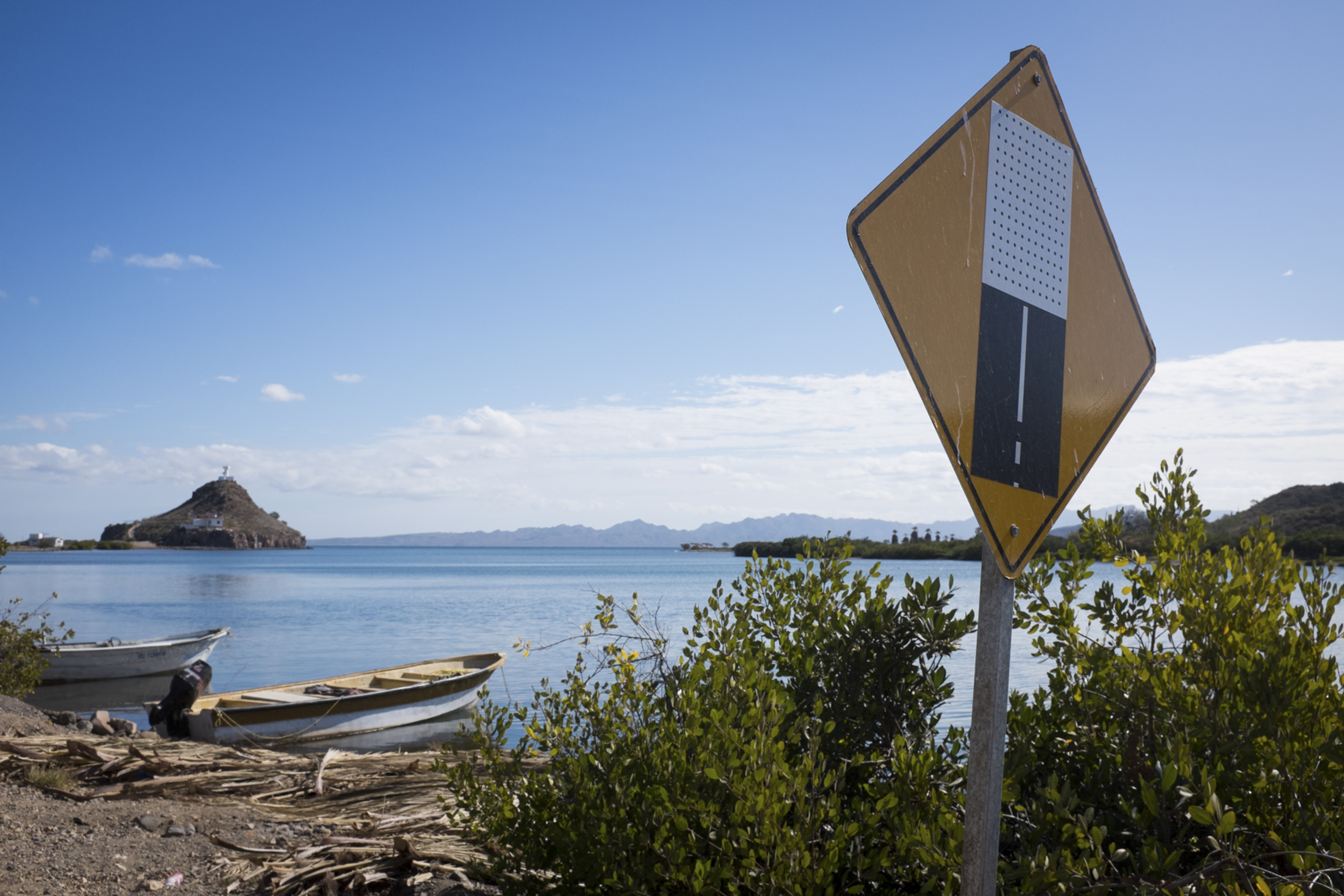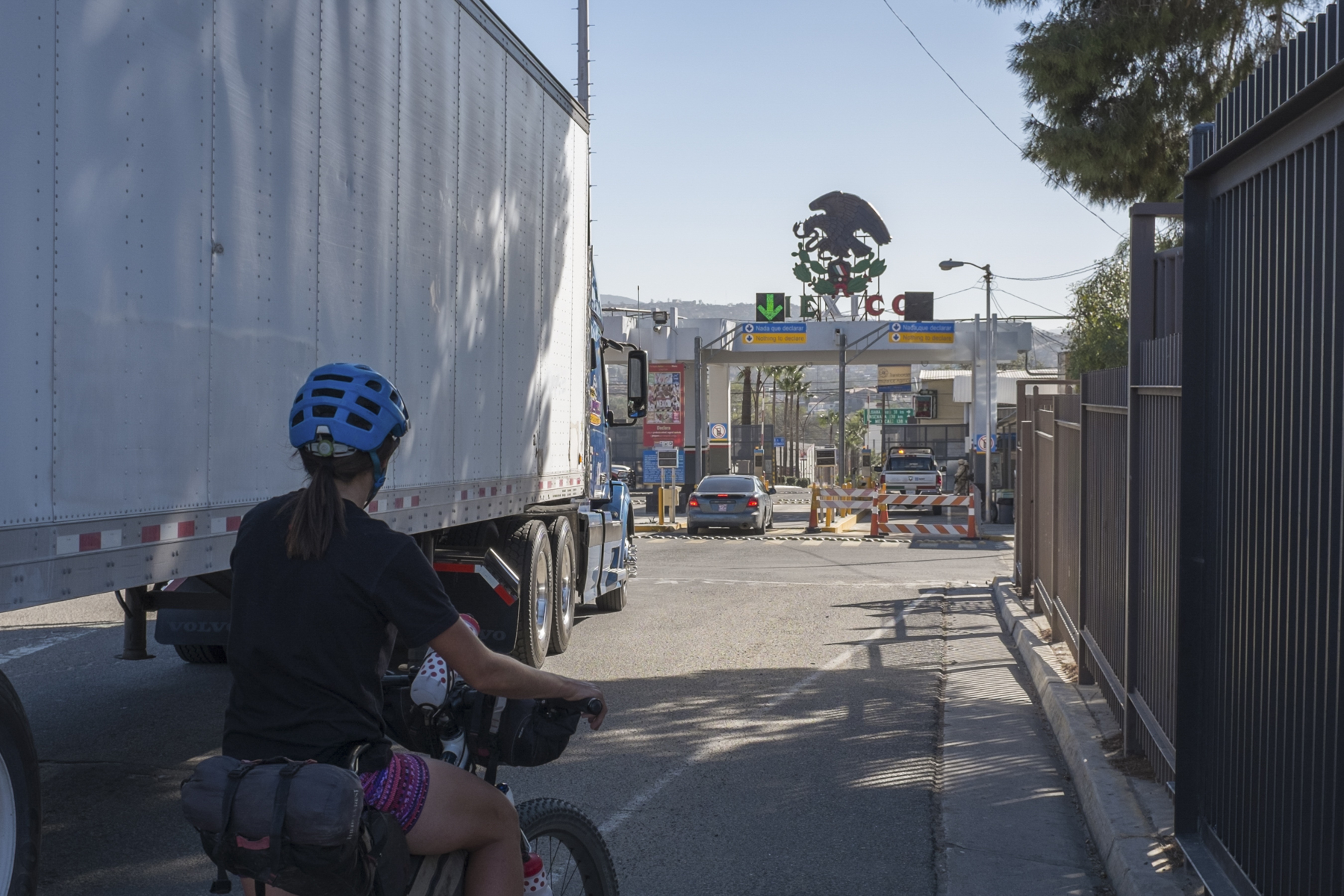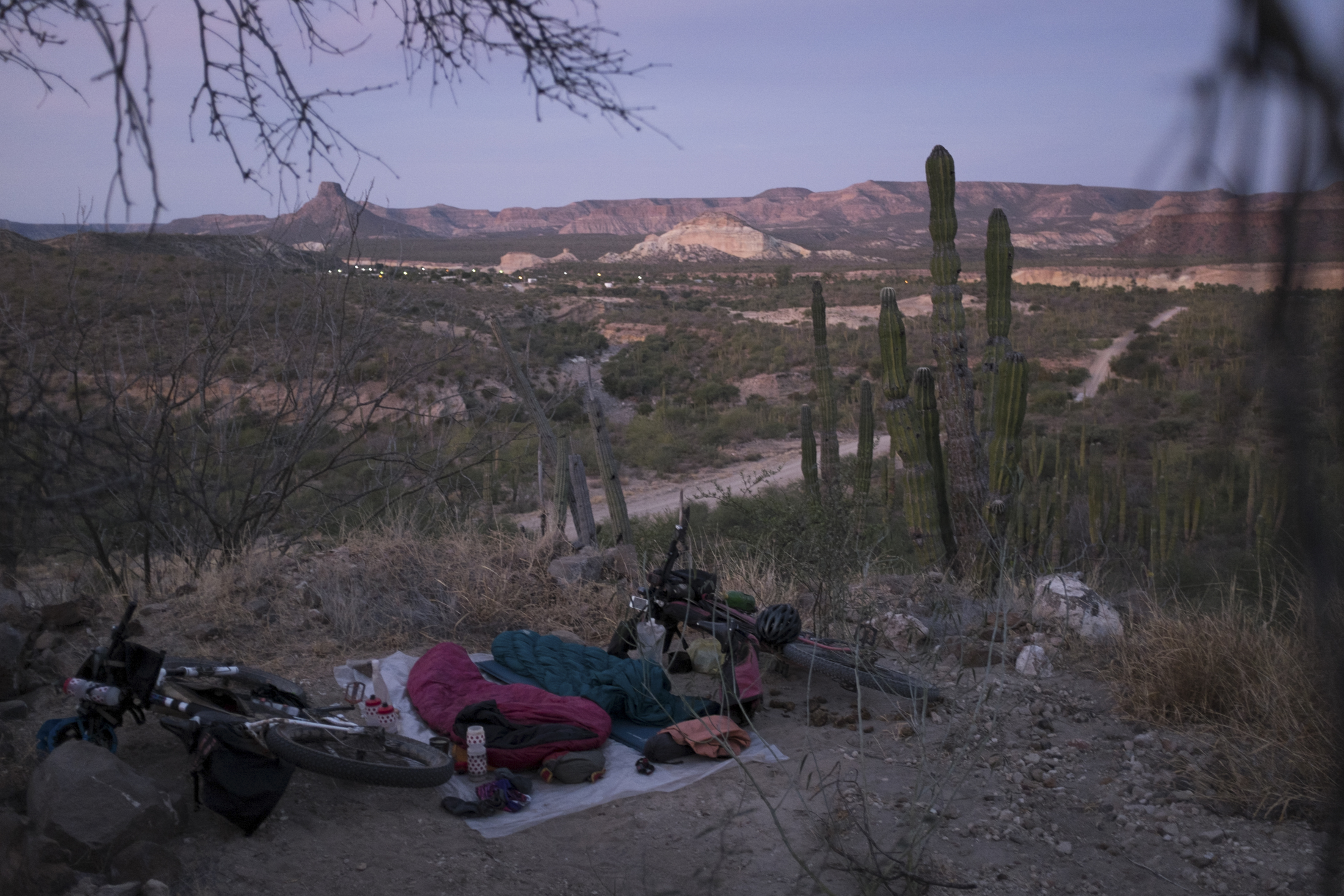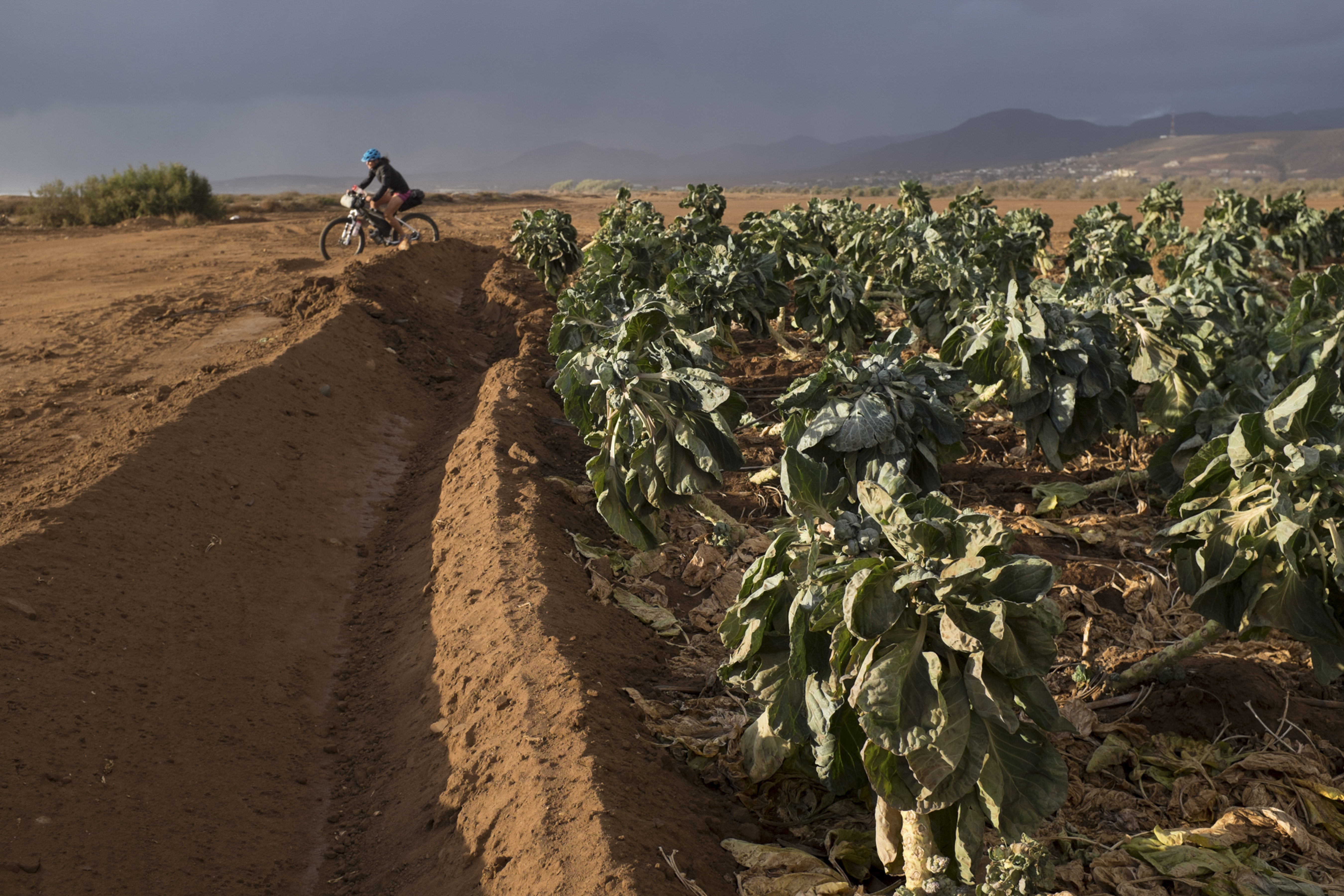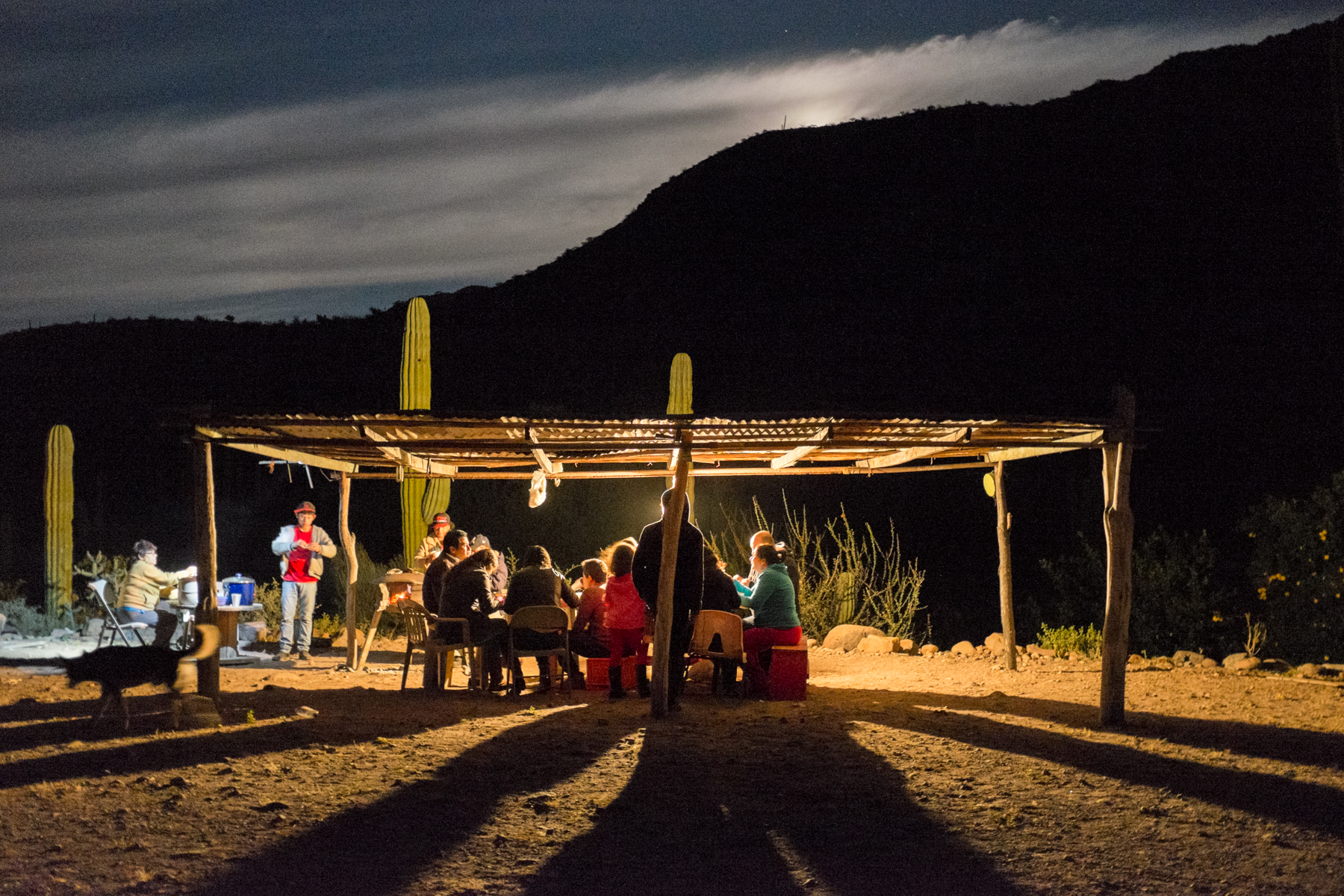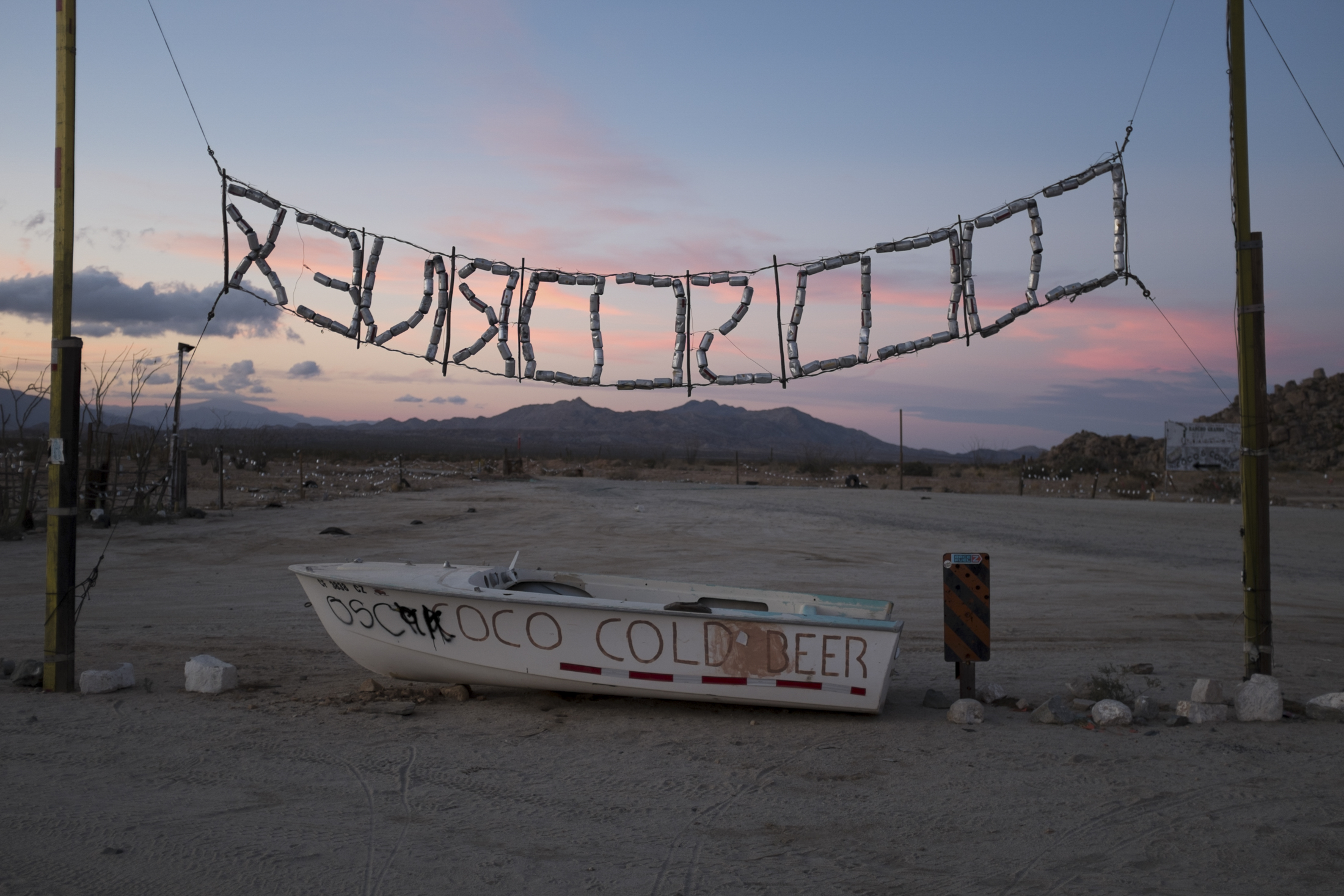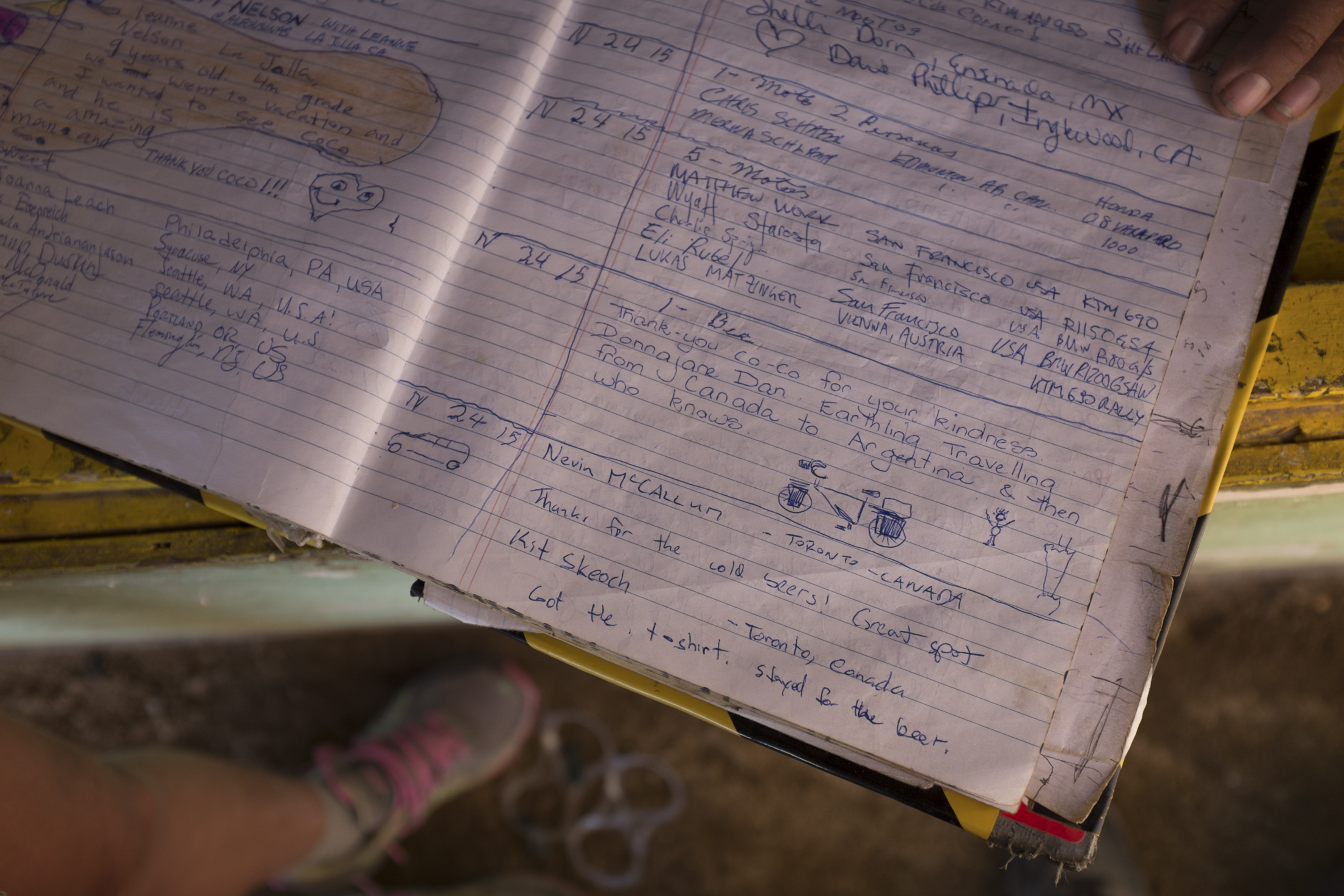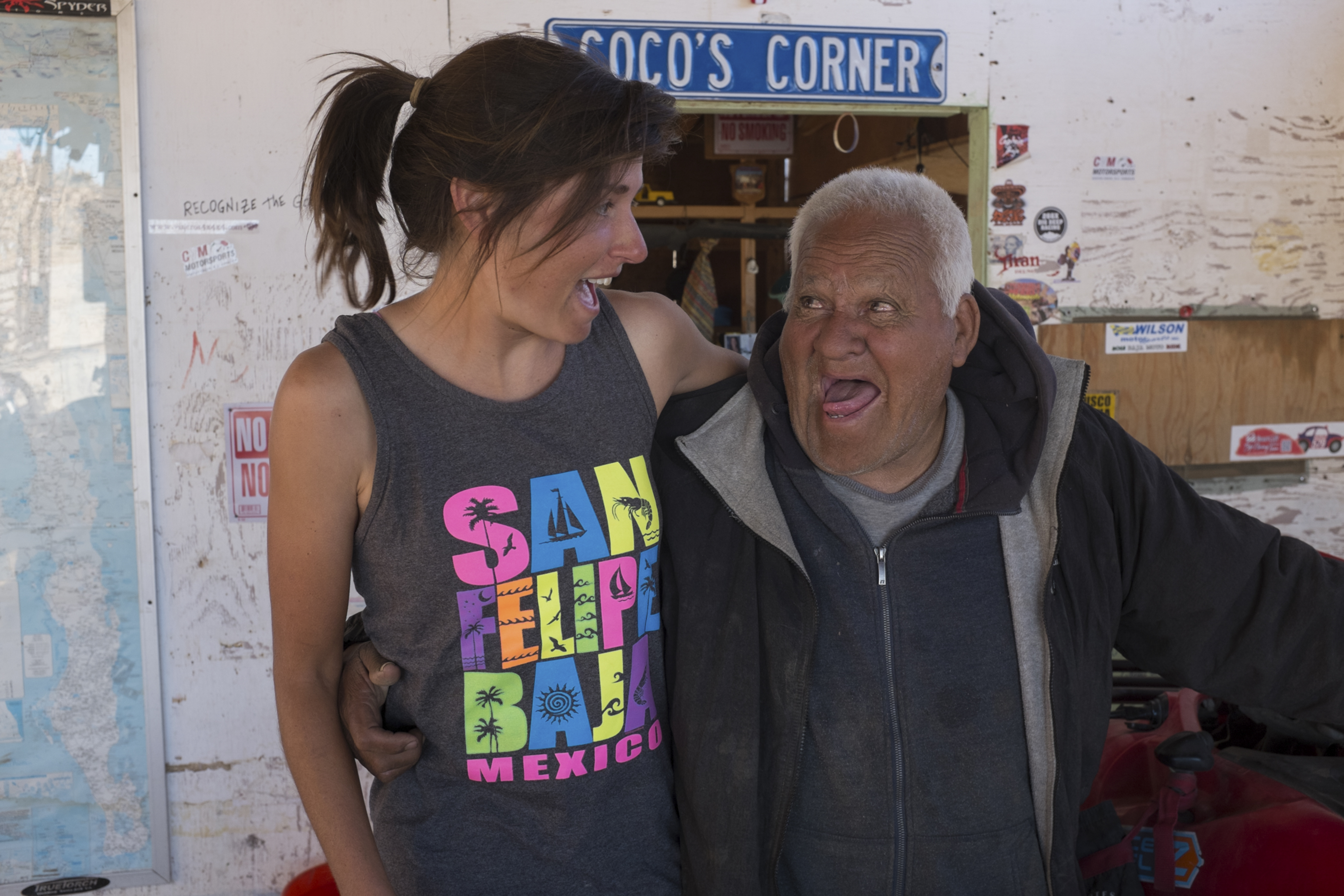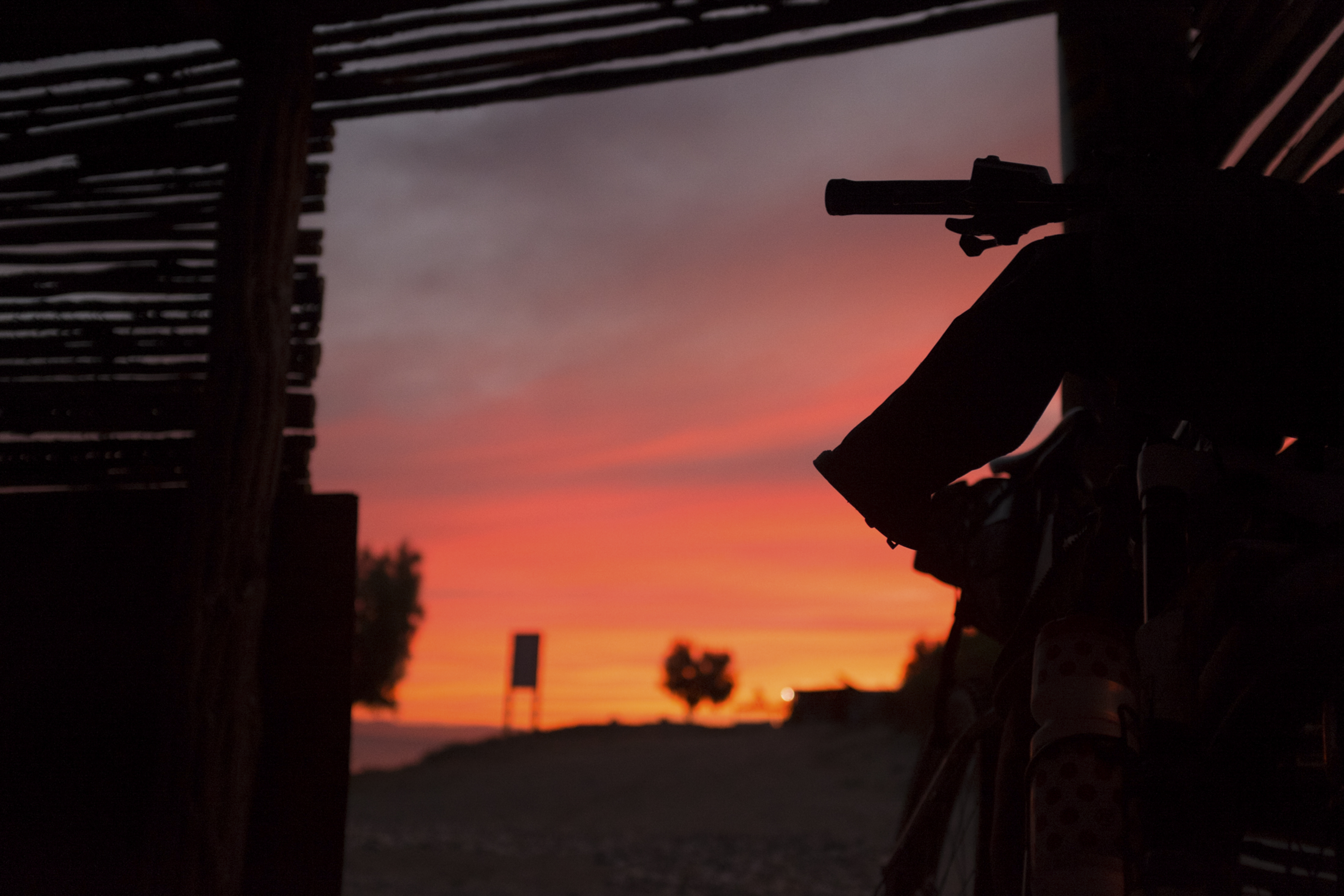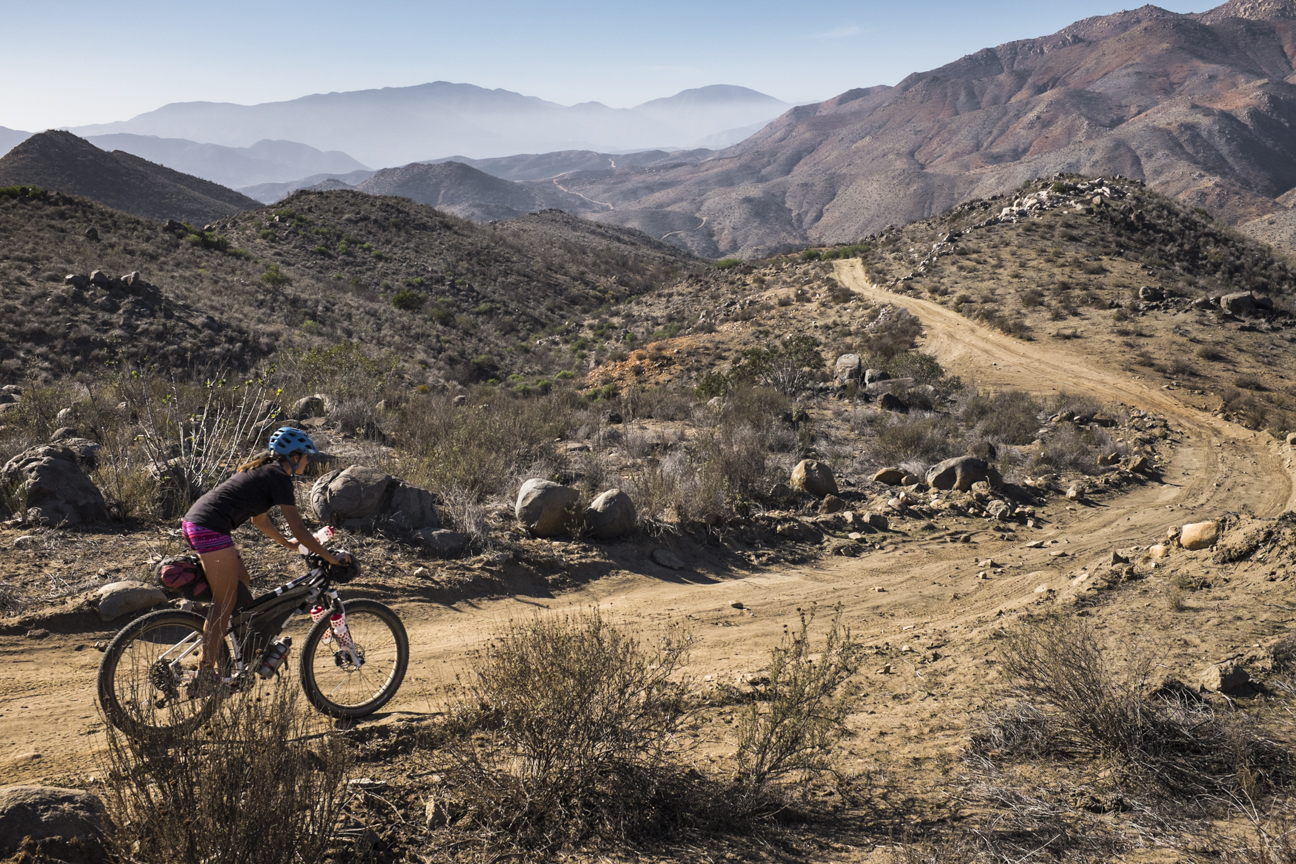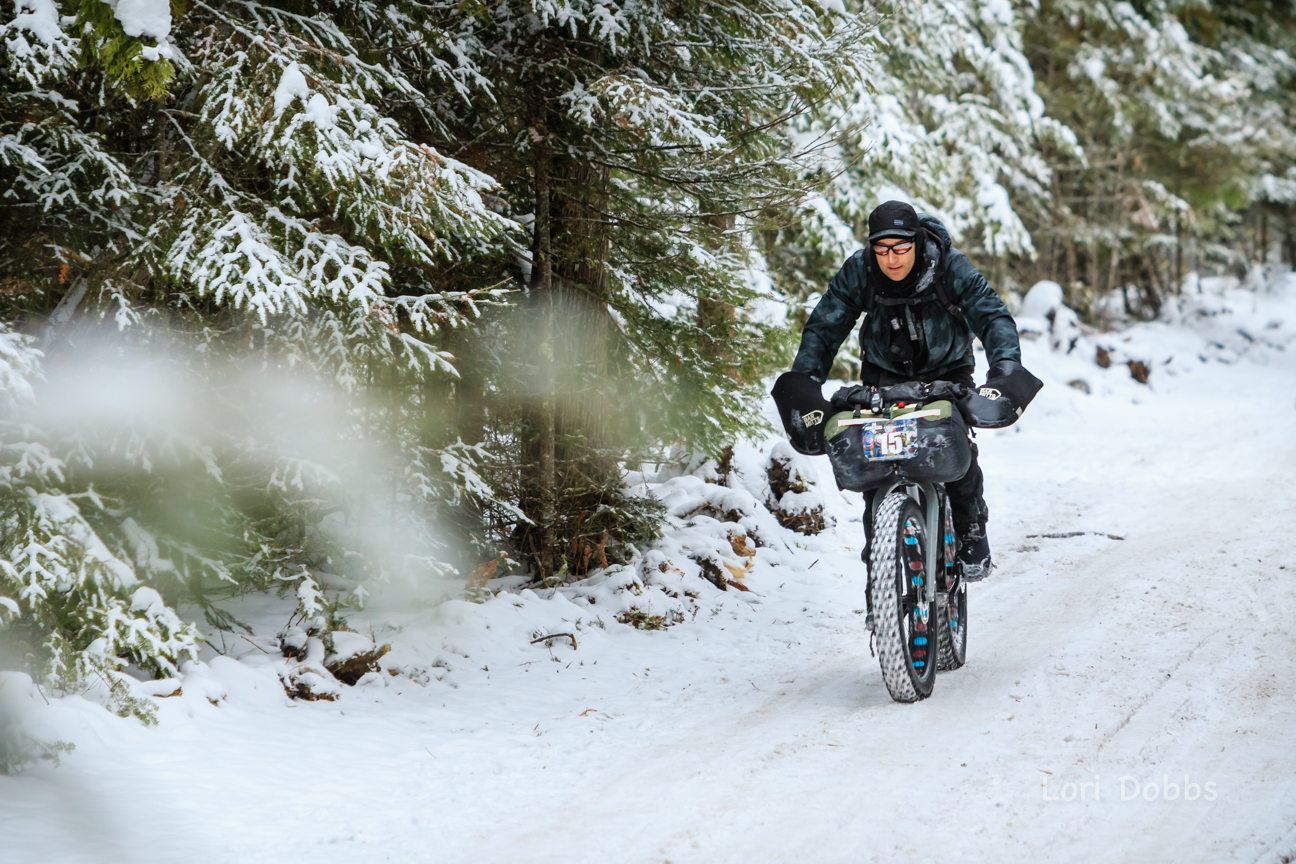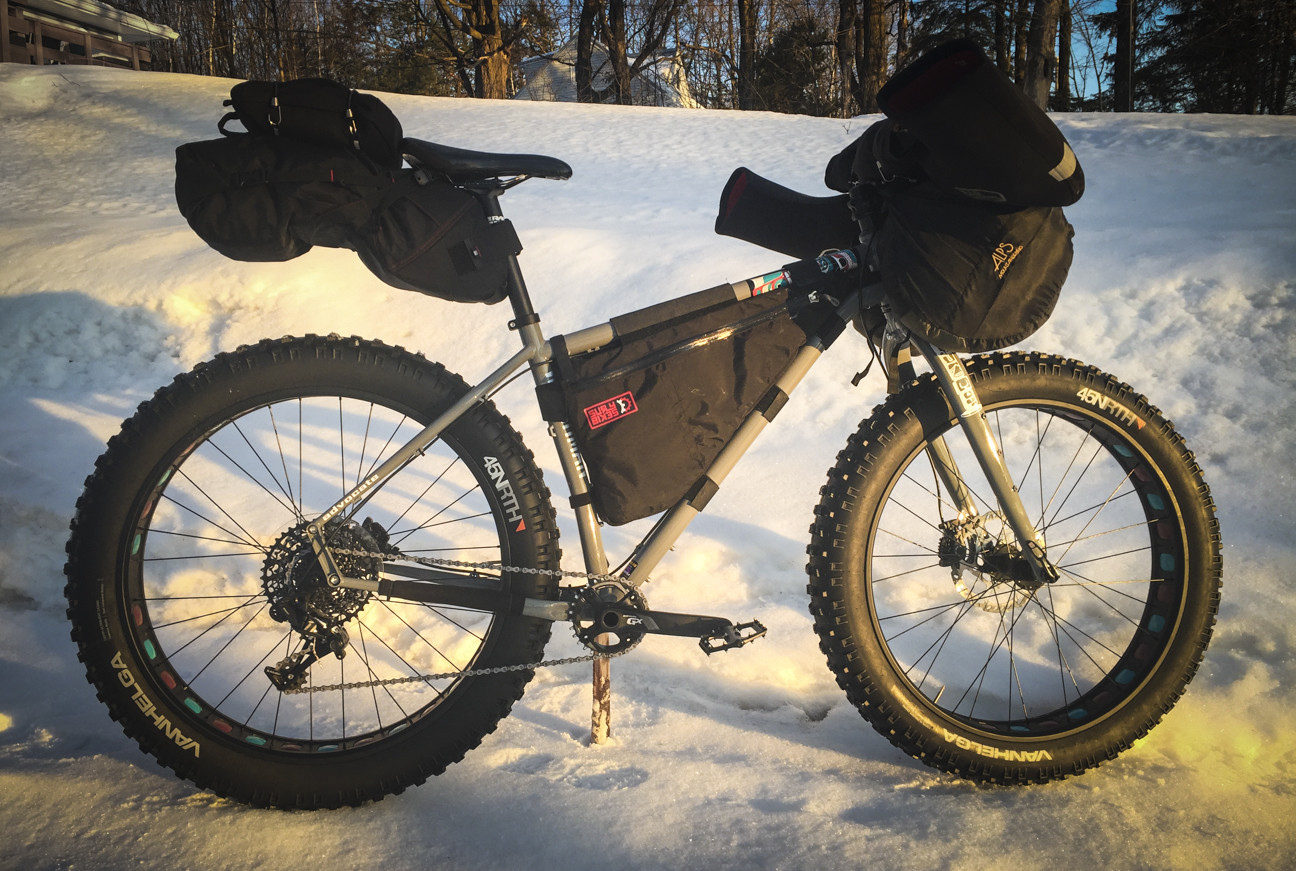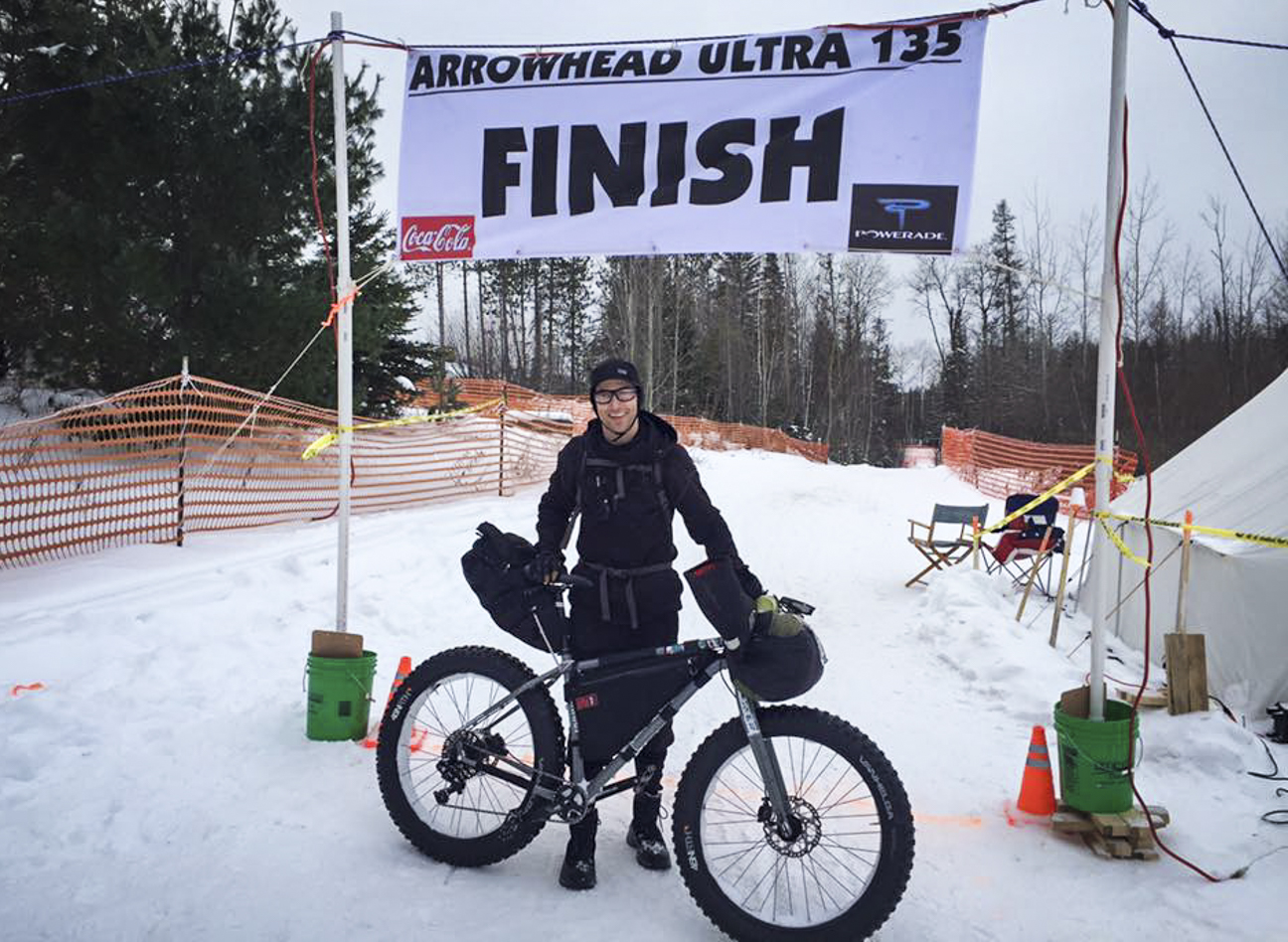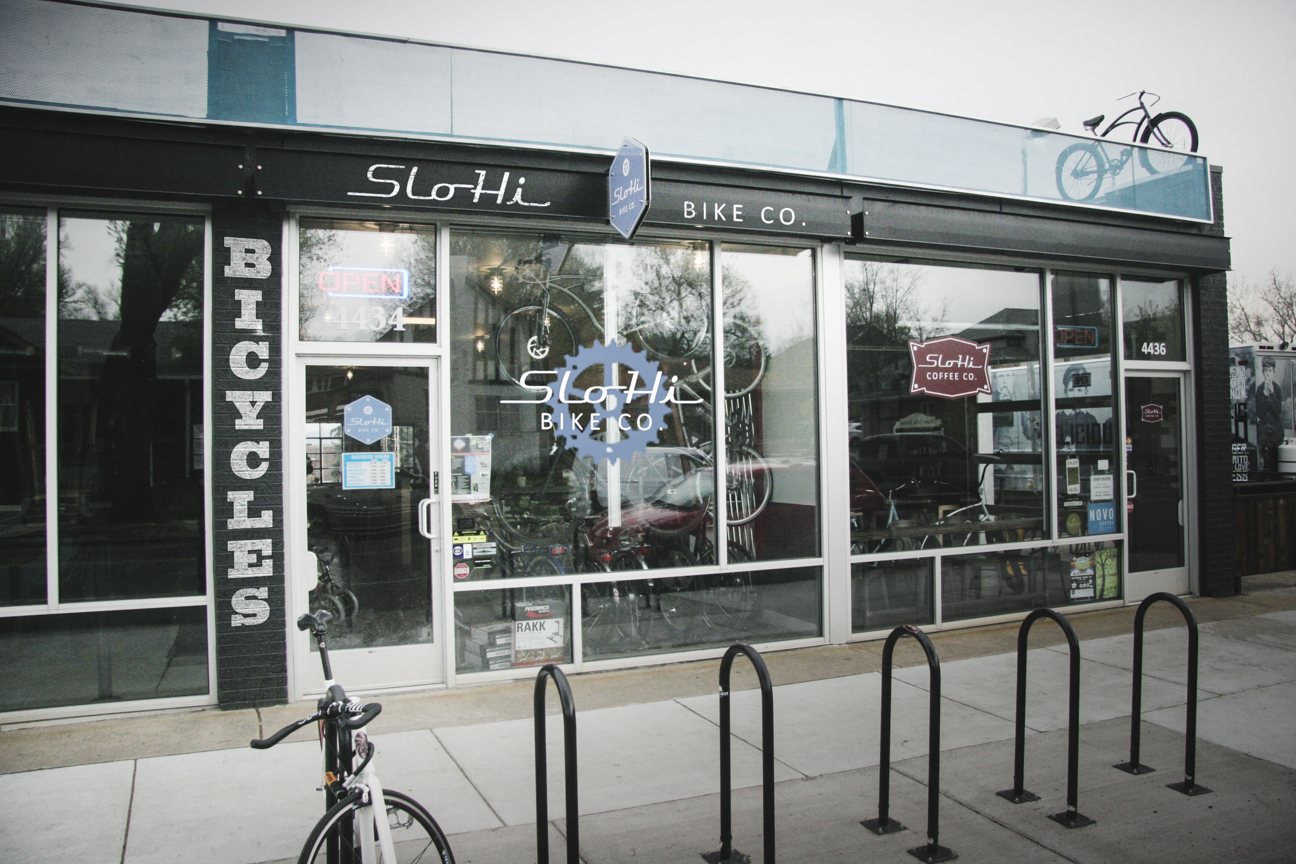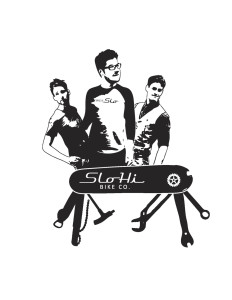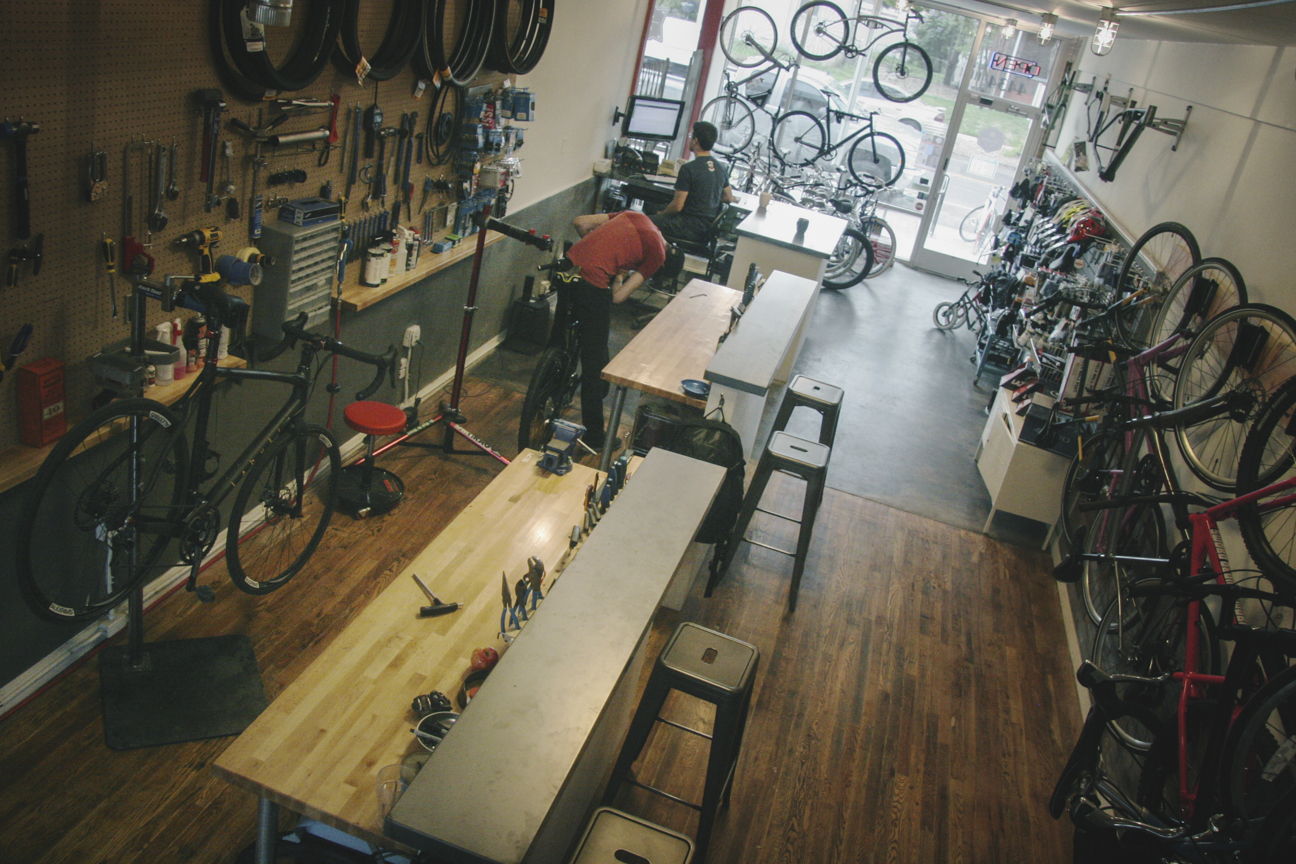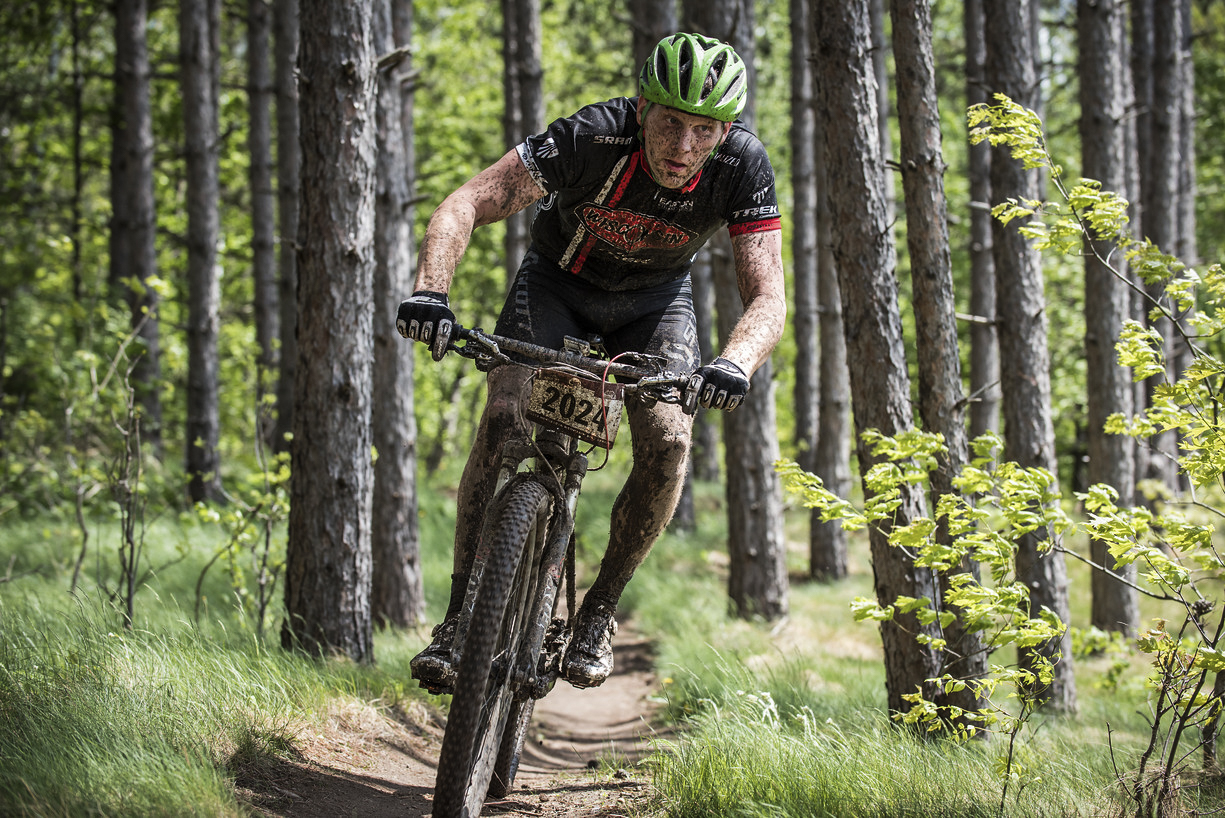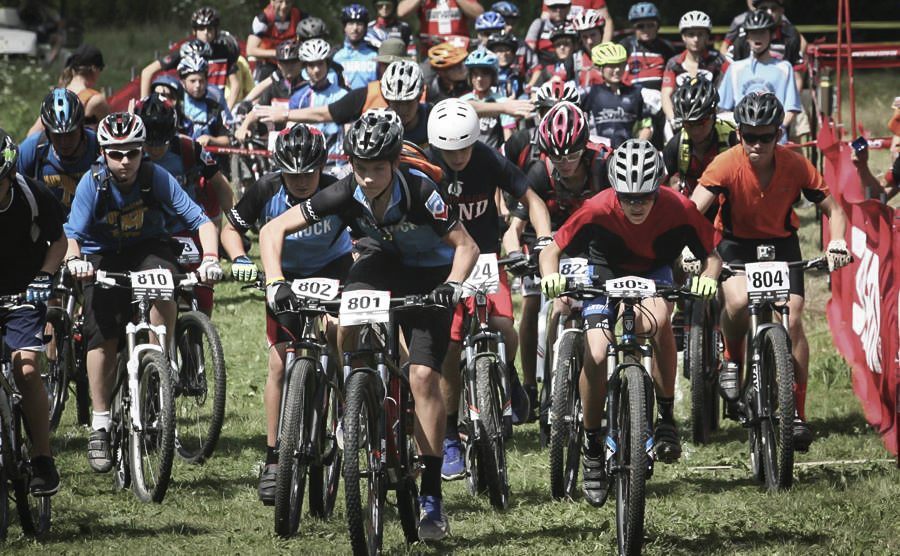Words and Photos by Eric Hockman
“Thousands of tired, nerve-shaken, over-civilized people are beginning to find out that going to the mountains is going home; that wildness is a necessity.”
-John Muir
There’s something very exciting about turning on your out of office reply that signifies the beginning of your time away from the daily grind. Whether you are jumping on an airplane to fly somewhere half-way around the globe or keeping it local with a stay-cation, it’s important to take time off and put yourself in new places to experience the out of ordinary.
It may sound crazy to most to call a physically and mentally demanding journey across multiple ranges of high altitude mountains a vacation, but to me, it’s just about the best way I can imagine to spend my time off. Luckily, my fiancé shares this feeling, and so we go as a pair. For us, the best growth we see as individuals and together is gained by taking ourselves away from our typical routine and overcoming the challenges we face on our adventures.
In the early spring months of 2016, we made the decision to thru-bike the Colorado Trail together over the course of two weeks. The challenge of it all was bigger than either of us had ever faced, but we knew it was exactly how we’d want to cash in on our time off from work. The end result was unwritten at this point and the logistical spider web grew each day as we started looking into how we wanted to take this massive challenge on.
The Route:
Consisting of a mixture of mostly single track, a fair amount of dirt forest service roads, and a small stint of paved mountain highways, the Colorado Trail stretches 539 miles between Durango and Denver, CO. While the trail remains predominantly above the 10,000 ft. elevation mark, there is over 70,000 ft of ascending and descending to really satiate your appetite for challenge and reward.
The CT is not a directional trail; however, most travellers typically start their journey in Waterton Canyon, near Denver and work their way into the most rugged terrain towards the latter half of the journey. The decision for us to ride the trail from Durango to Denver came out of wanting to ride back towards our home, rather than away from it. And so we did.
Let the journey begin.
A few things we learned on the Colorado Trail:
You don’t know until you go: Photos do not do this trail much justice when it comes down to it. Both majestically or for predicting the ability to ride certain sections that appear buttery smooth and flowy. What appears in images definitely inspires the soul, but there are many sections that must be pushed and cannot be easily flowed on two wheels. It’s best to accept that some things cannot be ridden and that time spent off the bike is great for taking in the views.
A loud freehub or bell can save you: Some may side with the opinion that a loud freehub is disruptive to other trail users or the serenity of being out in the backcountry; however, our loud free wheeling bikes managed to alert a momma moose with her two calves and alert a distant bull moose in the willows. A few follow up rings of the bell on your handlebars also alerts wildlife that you’re in their zone. Having a bell on your bike is also a great way to alert other trail users when you’re gassed and can’t muster any words to let them know you’re there.
Marmots are always looking for handouts: I sort of already knew marmots were pesky little creatures, but after meeting our friend Bruce about 3 days into the trip, we quickly realized you should never let your guard down when food is around. Bruce may have never successfully gotten close enough to our breakfast to snag a bite, but he sure did try… more than once.
Instant coffee and oatmeal can be really good tasting: Our first breakfast each day consisted of oatmeal and coffee. Adding dried fruit or broken up chocolate chip cookies to your oatmeal is a game changer and keeps things interesting. After you’ve devoured breakfast, mixing a packet of instant coffee in your camp mug both tastes great and leaves your cup or bowl nearly spotless.
You learn a lot about your travel partner: A trip of this length and challenge brings a lot of perspective to your life. There are times of struggle and times of triumph, moments of being slap-happy and hangry all at the same time. Needless to say, if you travel with a friend or significant other, you’re going to see the best and worst of them. Take it all for what it is, just don’t forget to give yourself the time you need to reflect as each day passes. Most importantly, enjoy the journey.
You meet a lot of really cool people from all over: Every interaction out on the trail is different. We spoke with hikers from all over the US and the globe, saw an older couple travelling with some llamas to carry their weight, and passed opposite directions with bikers racing the CTR from Denver to Durango. In the end, we had a lot of positive interactions and actually finished the trail having made a new friend on the side of the road near Leadville. No, it wasn’t one of the llamas.
